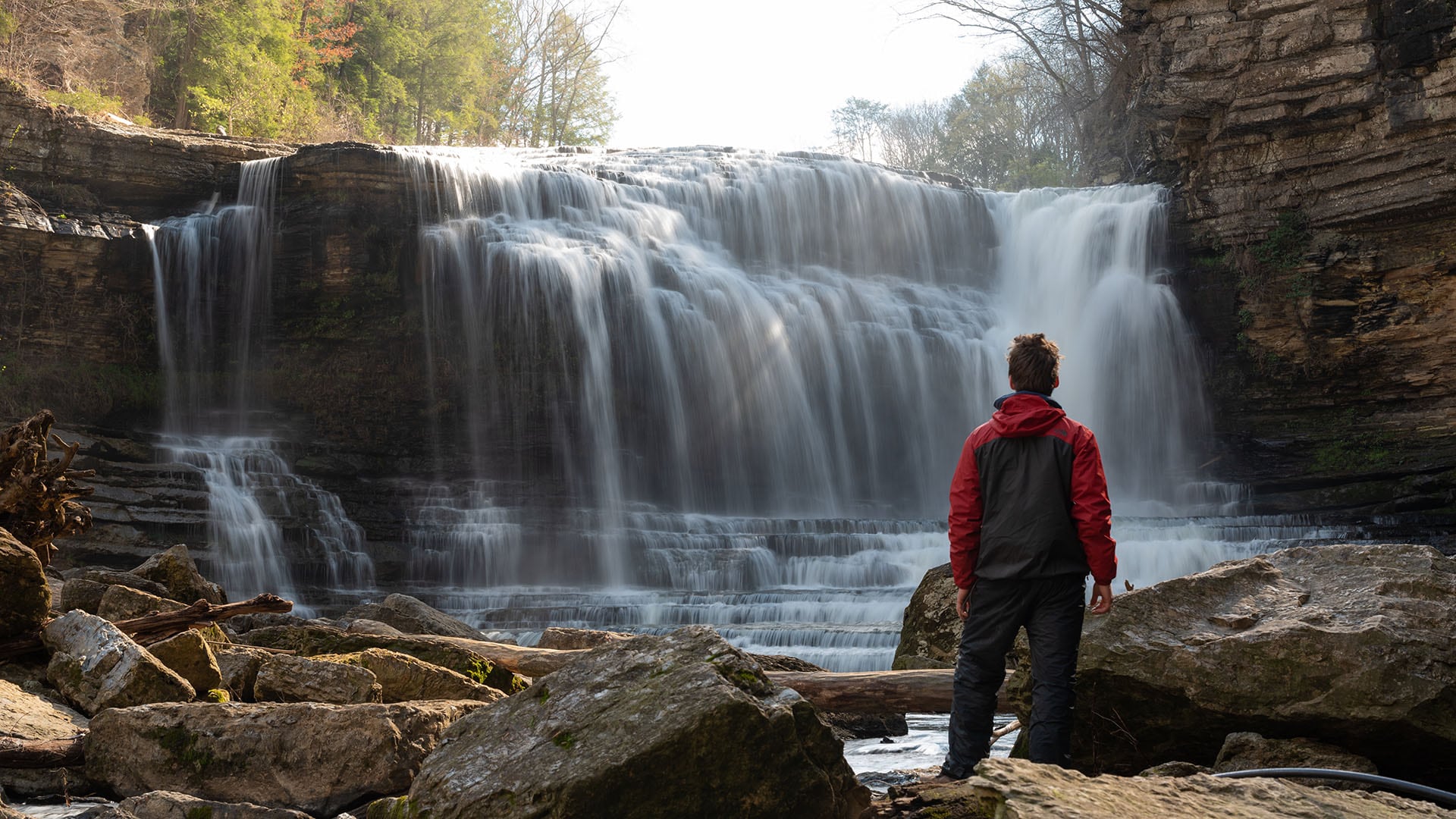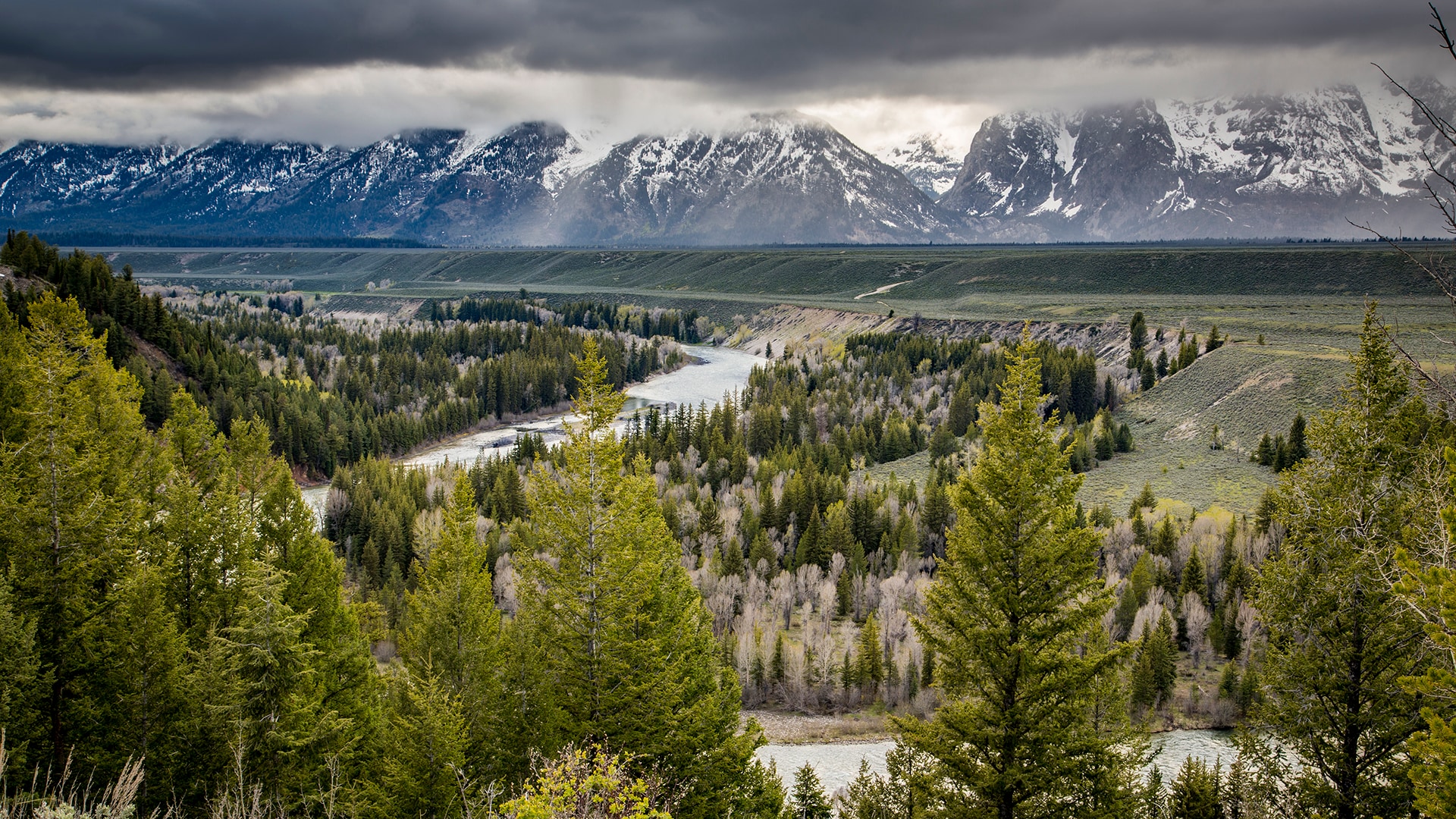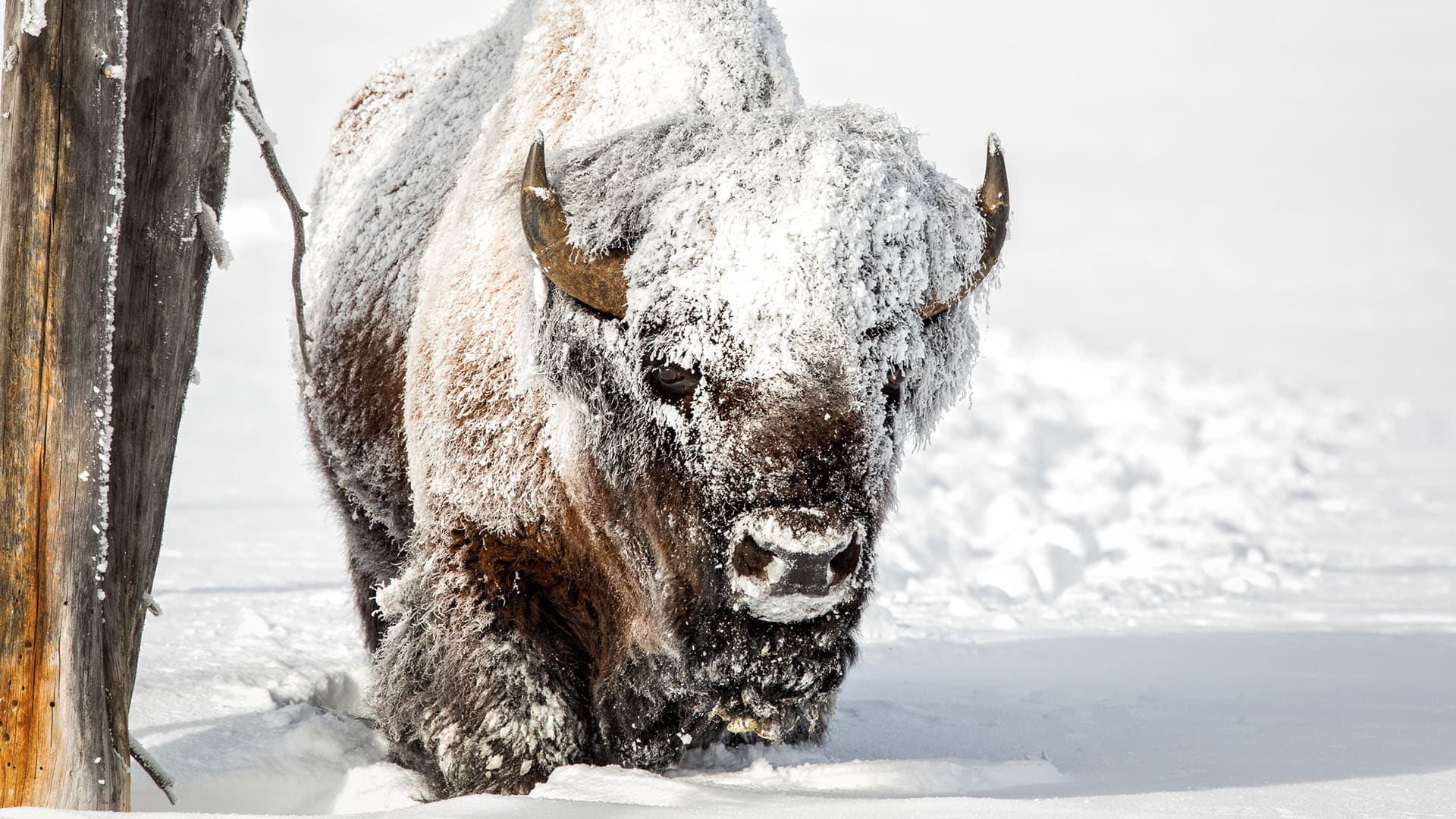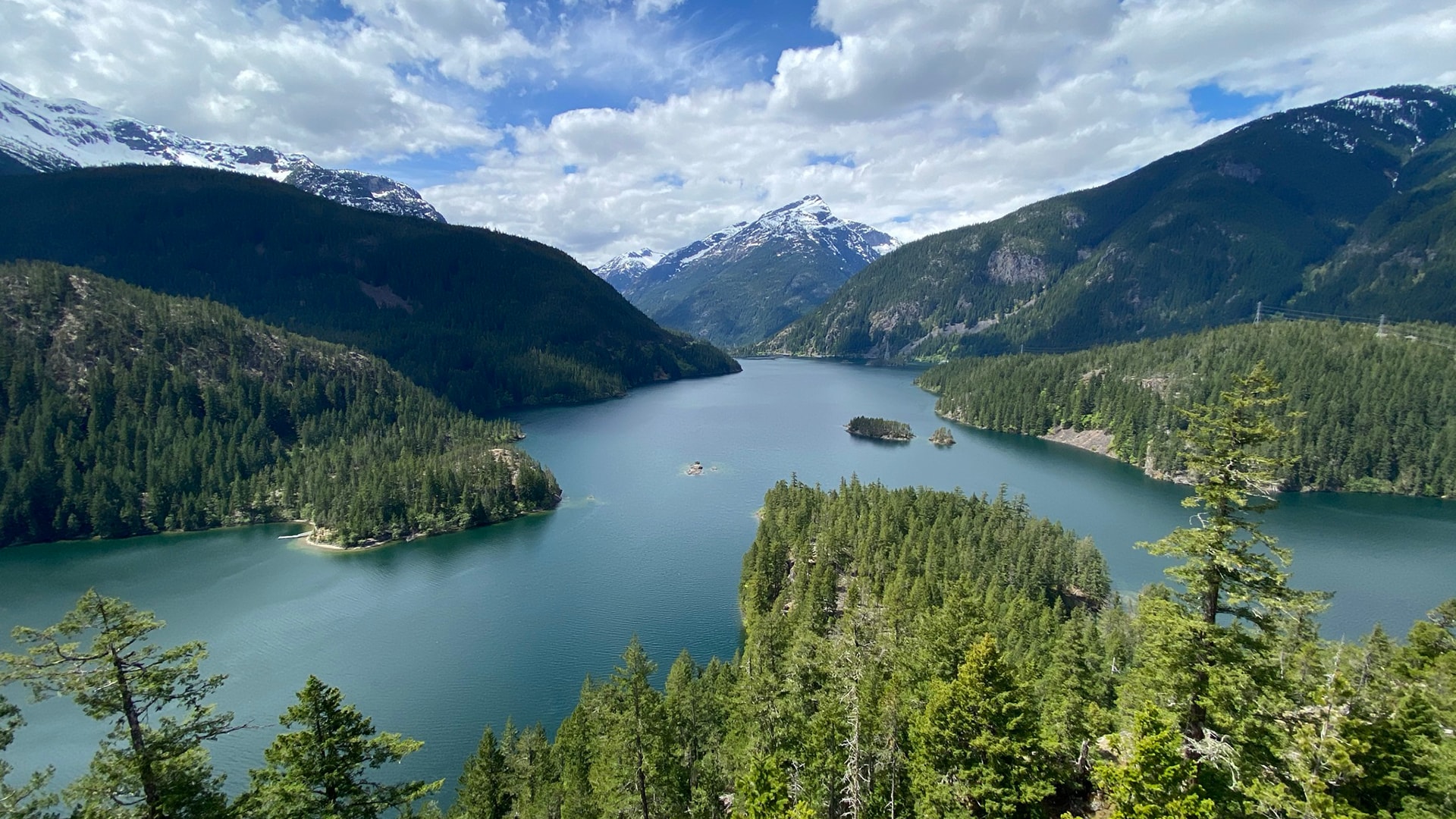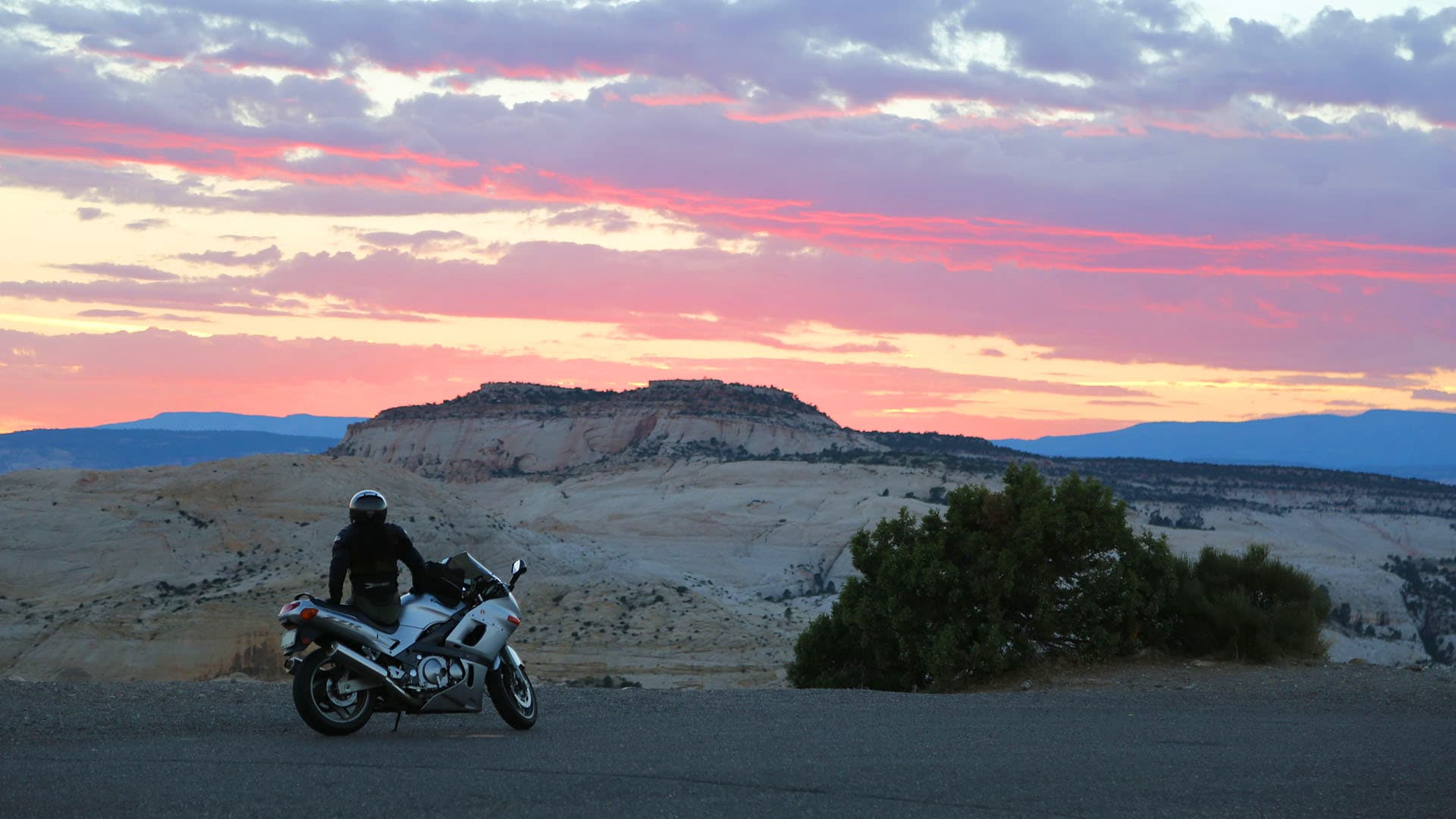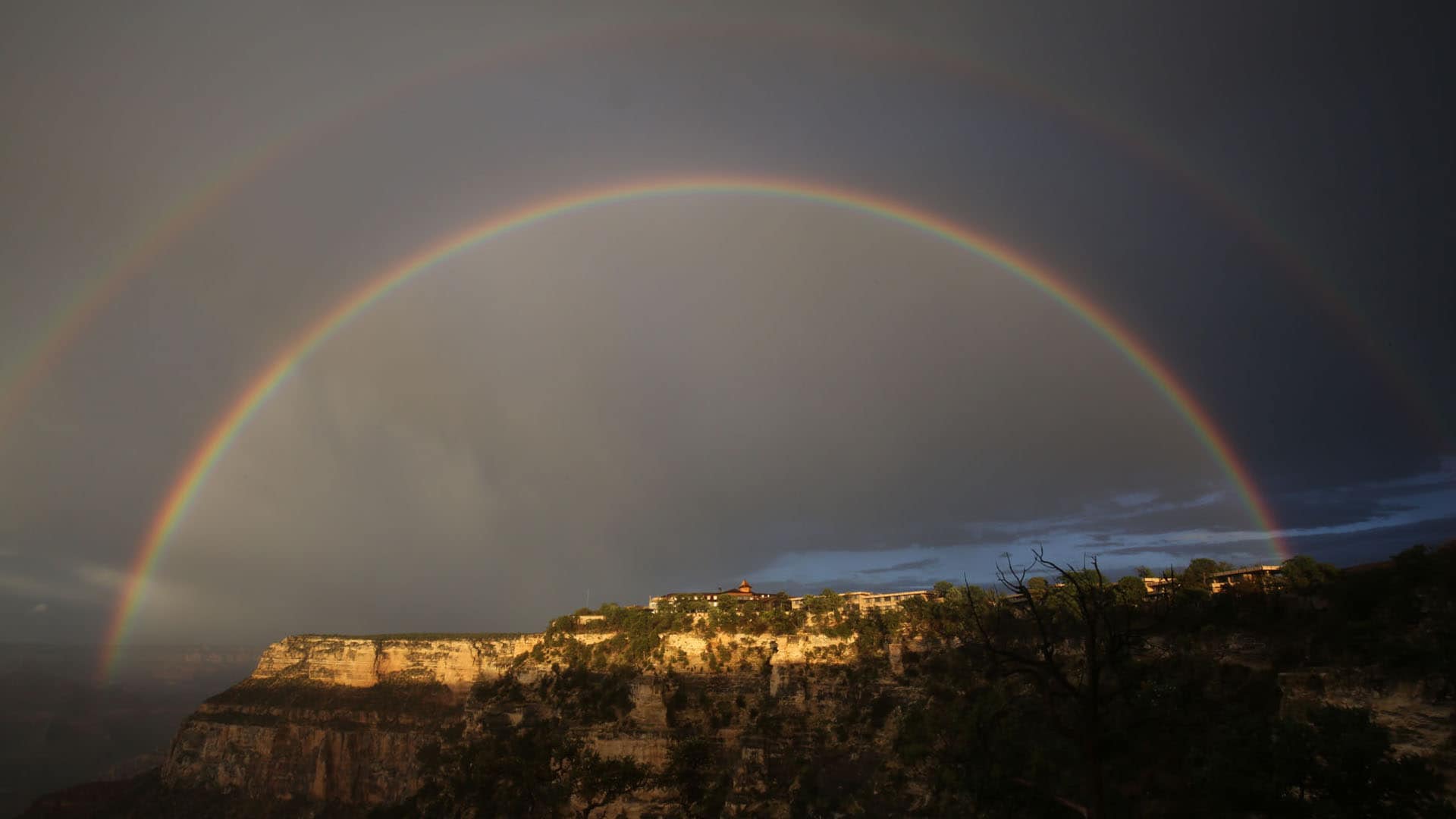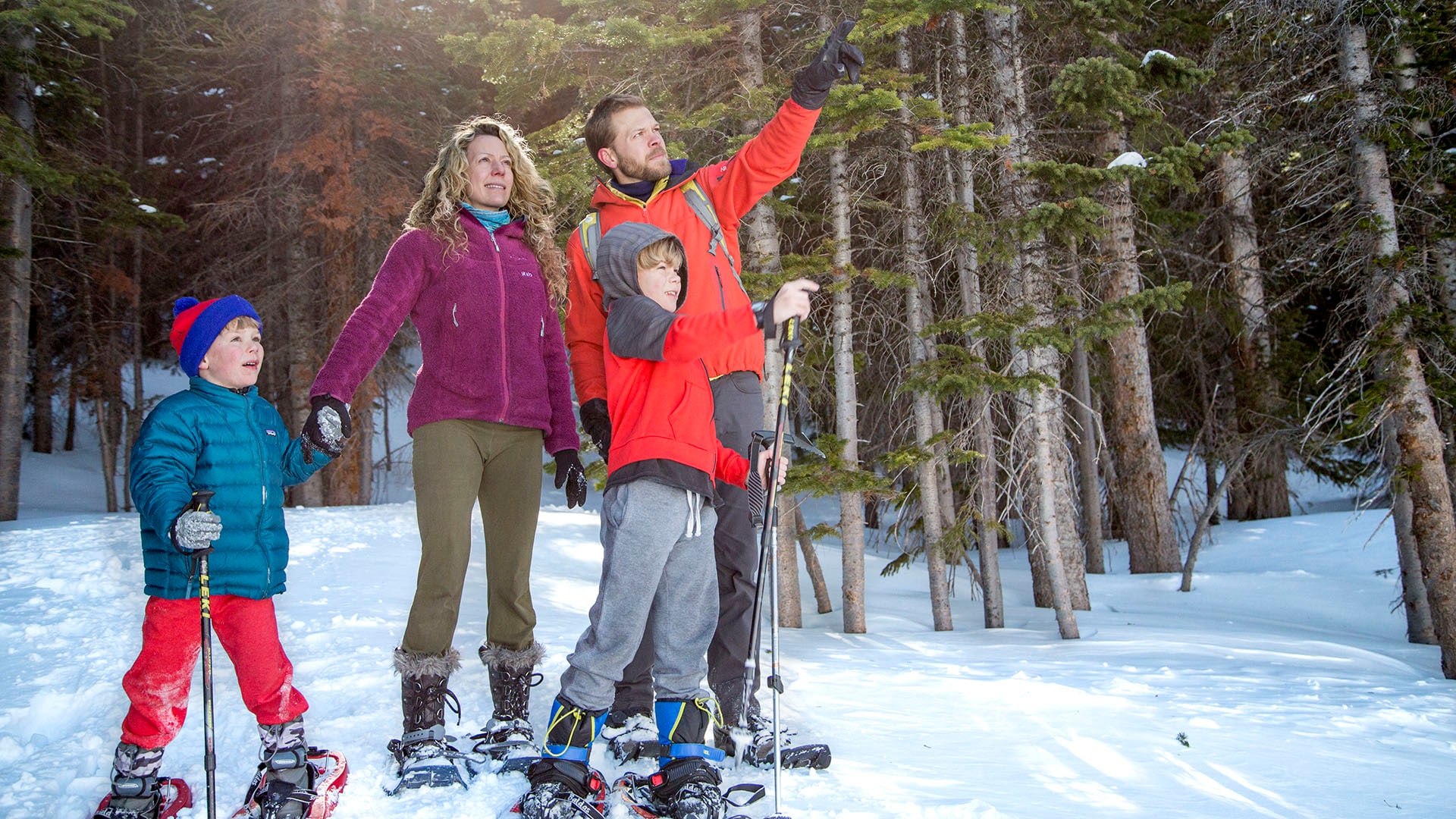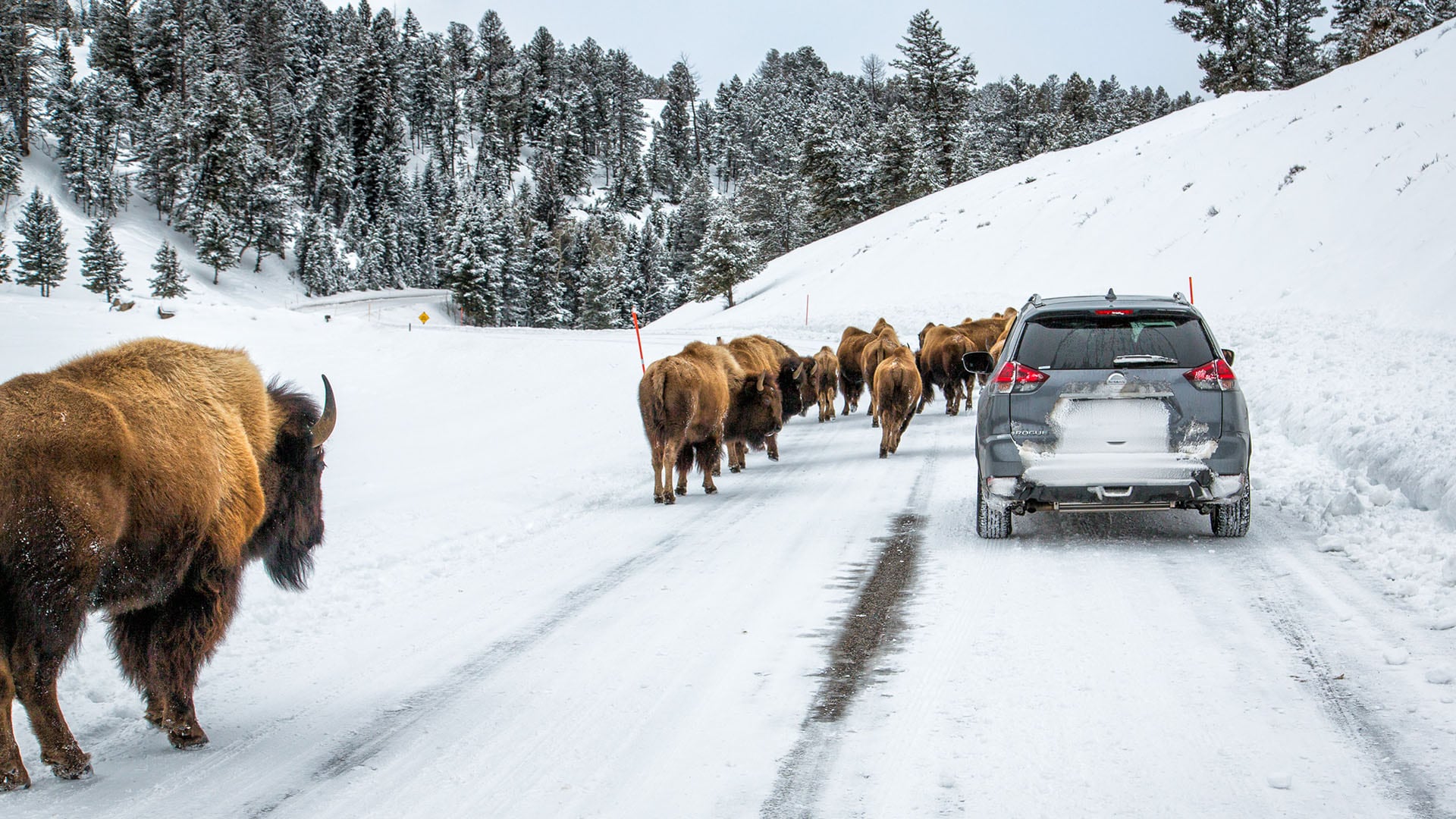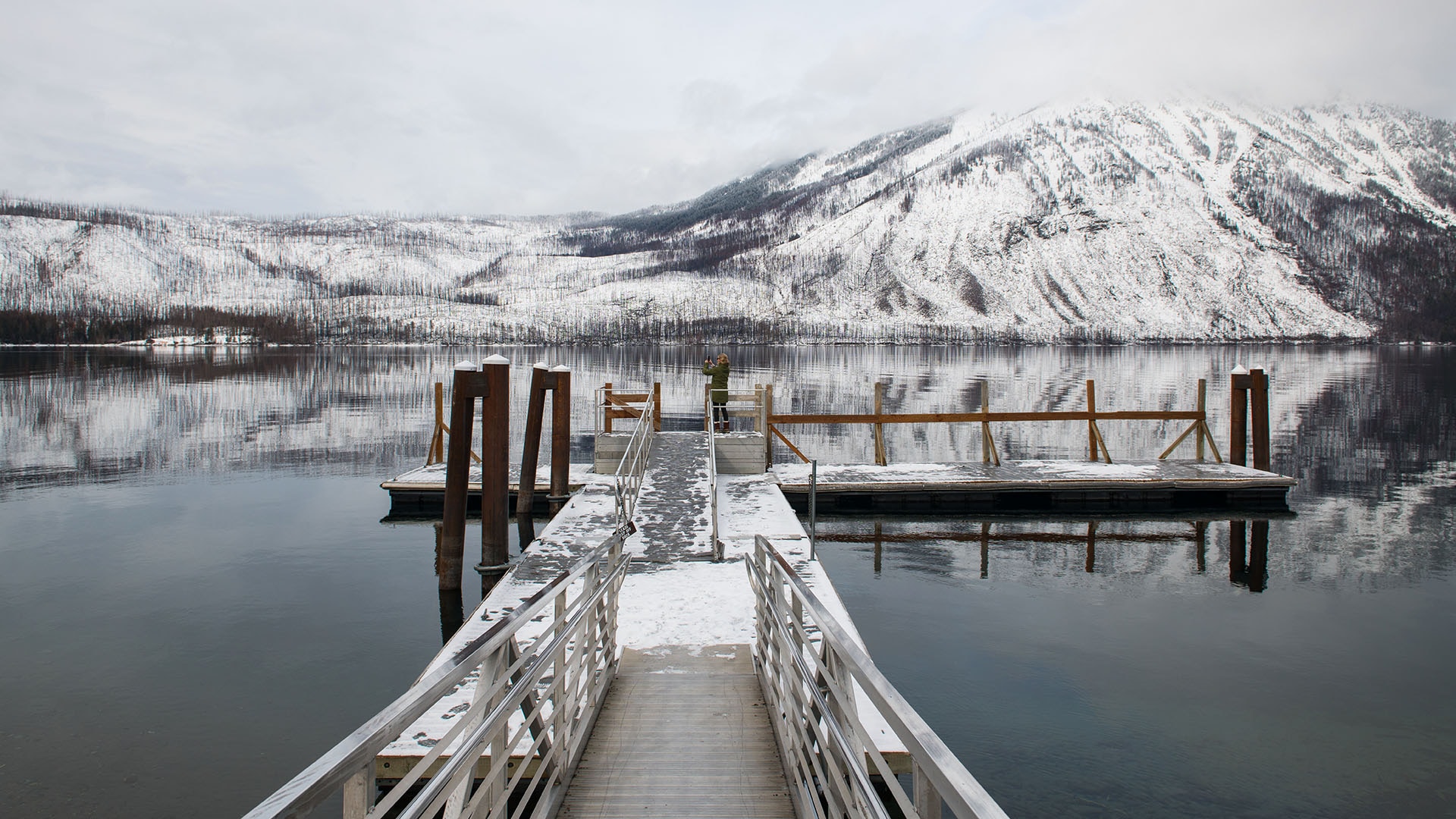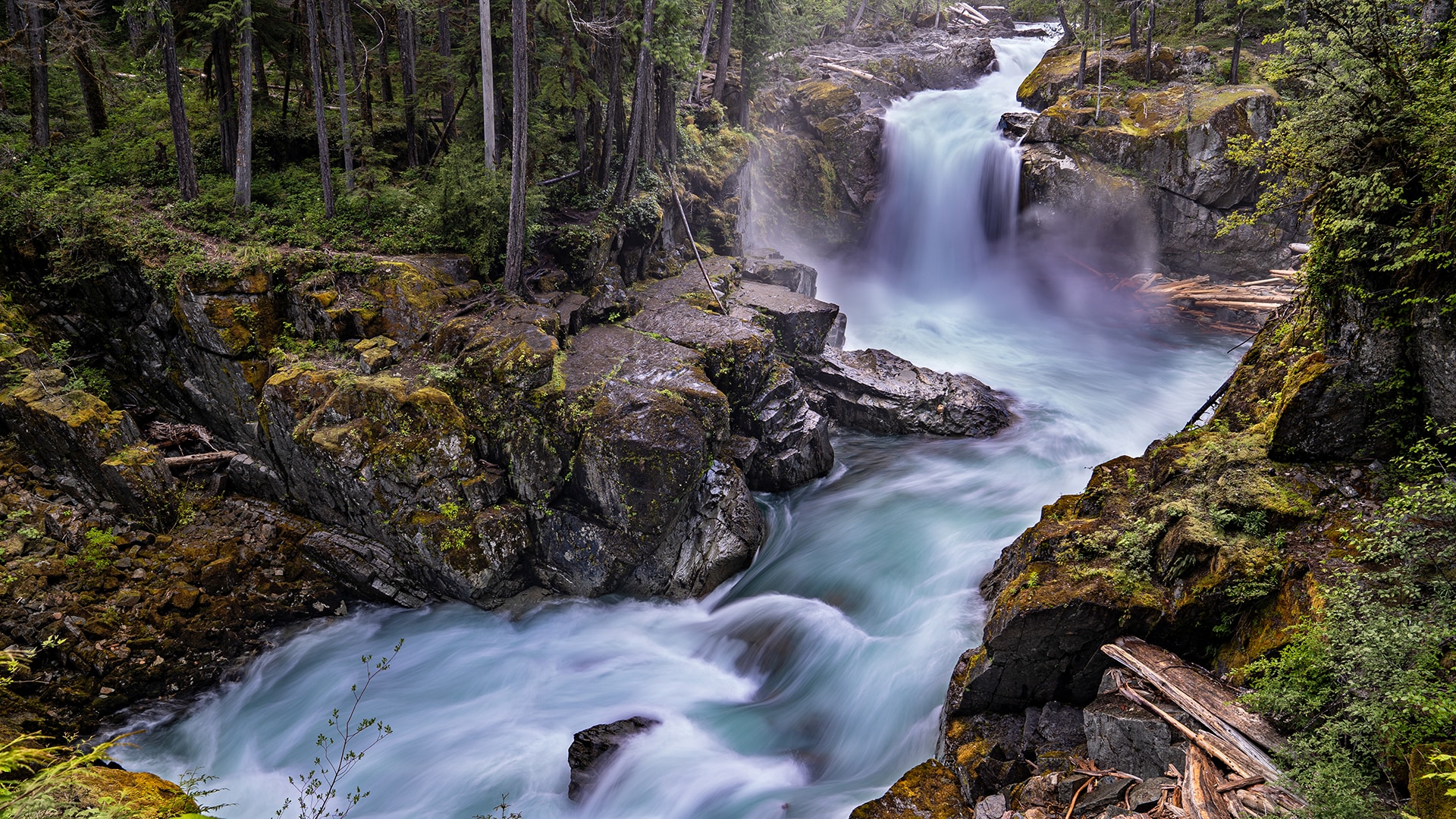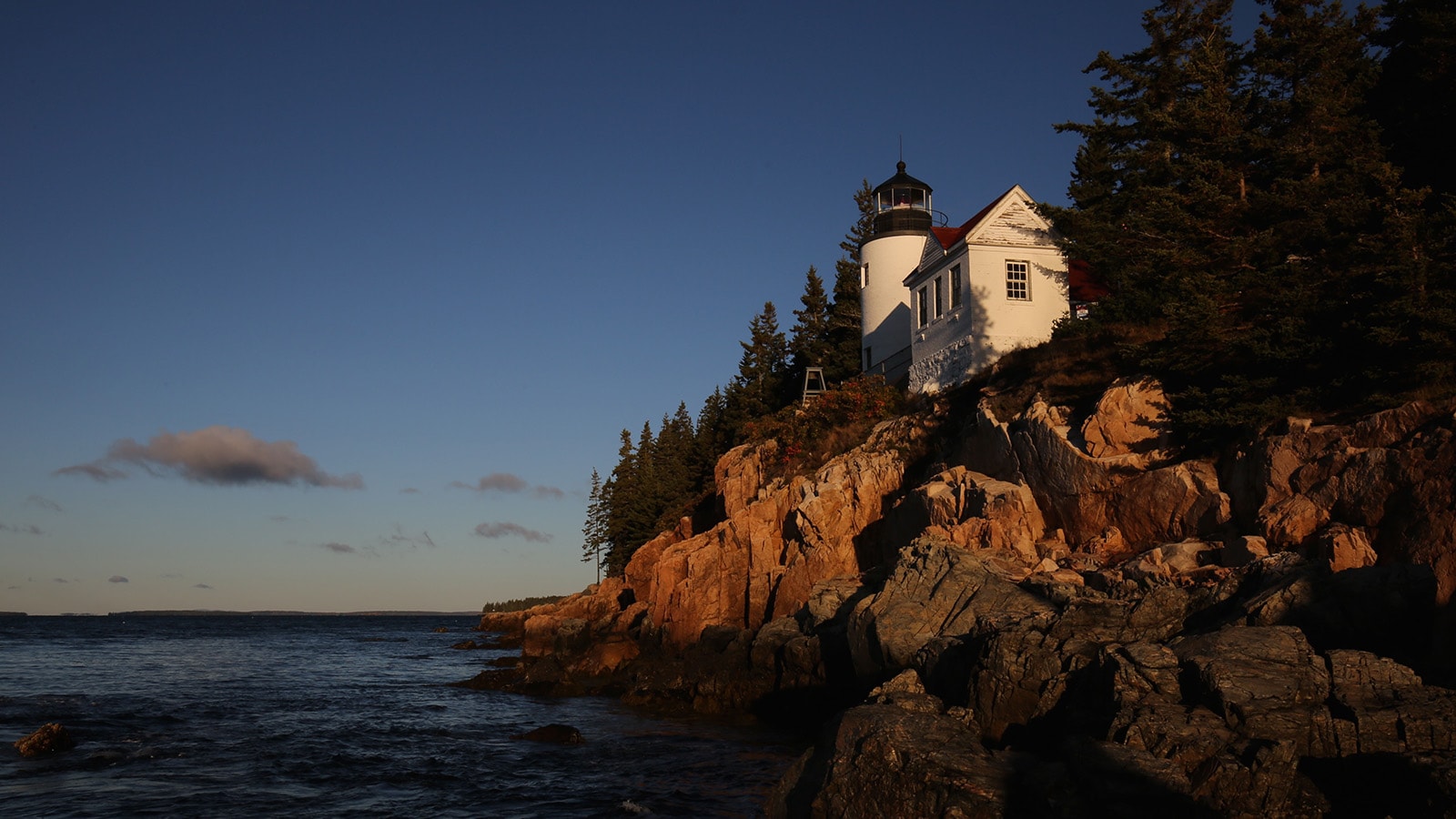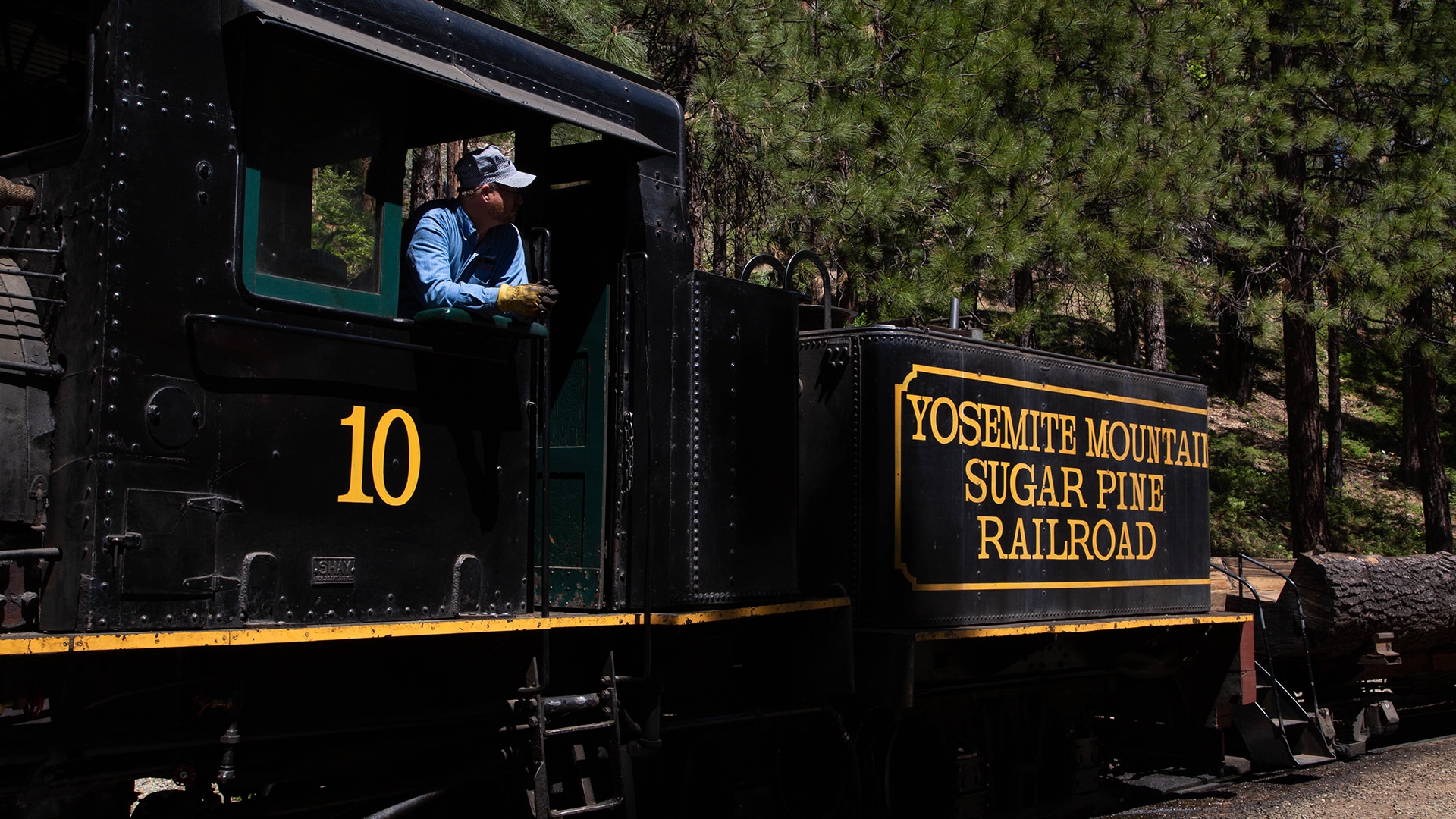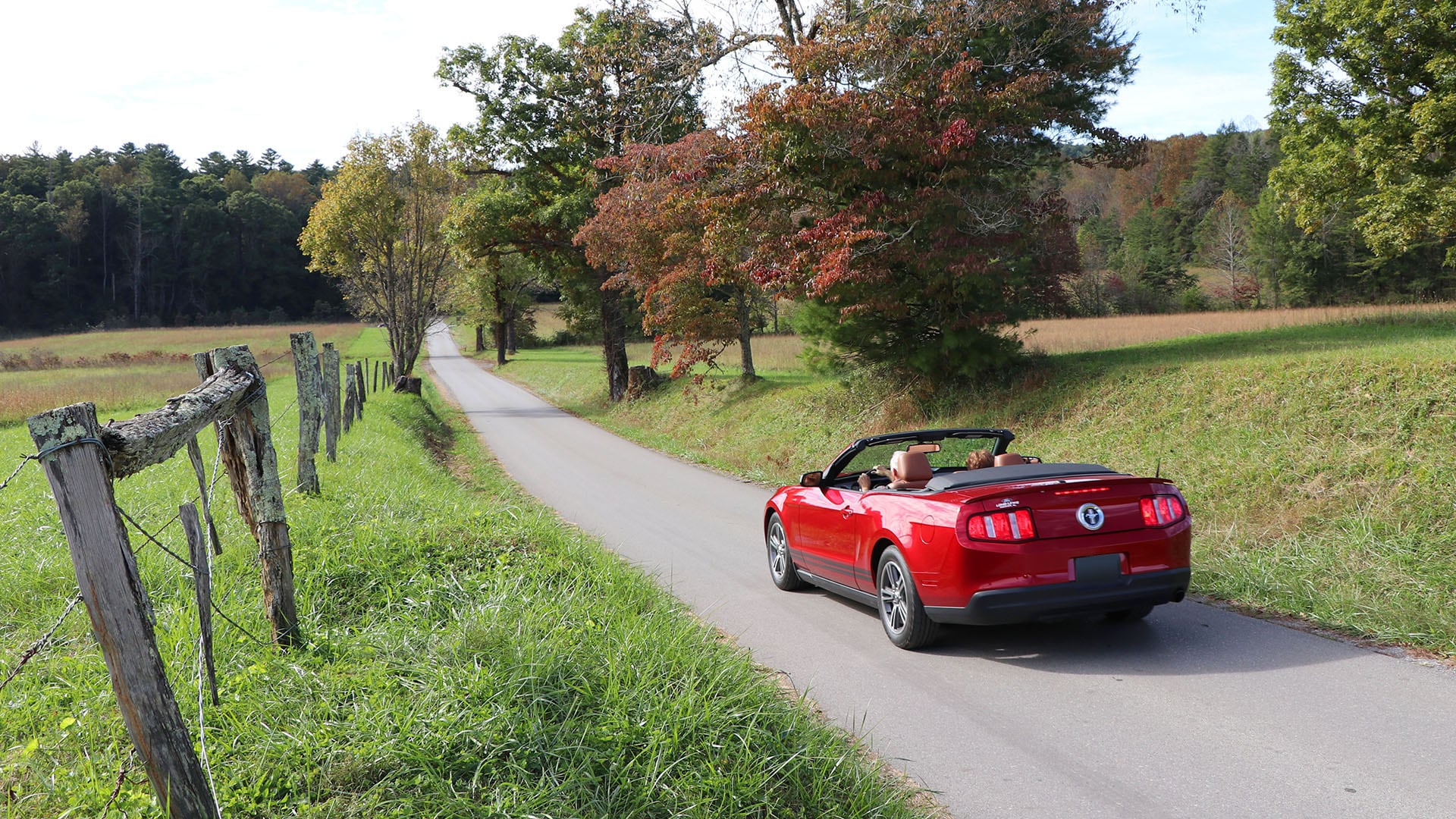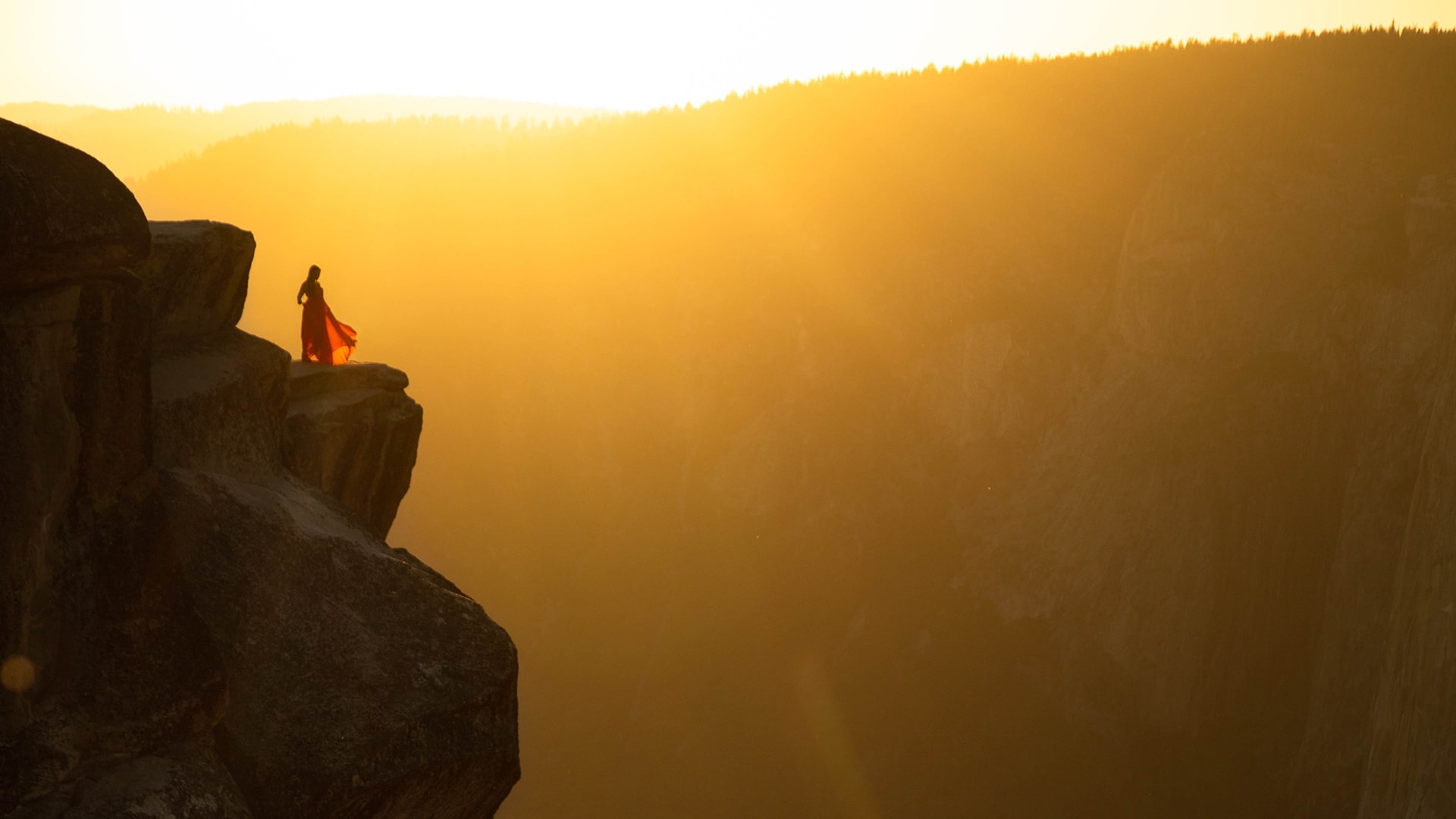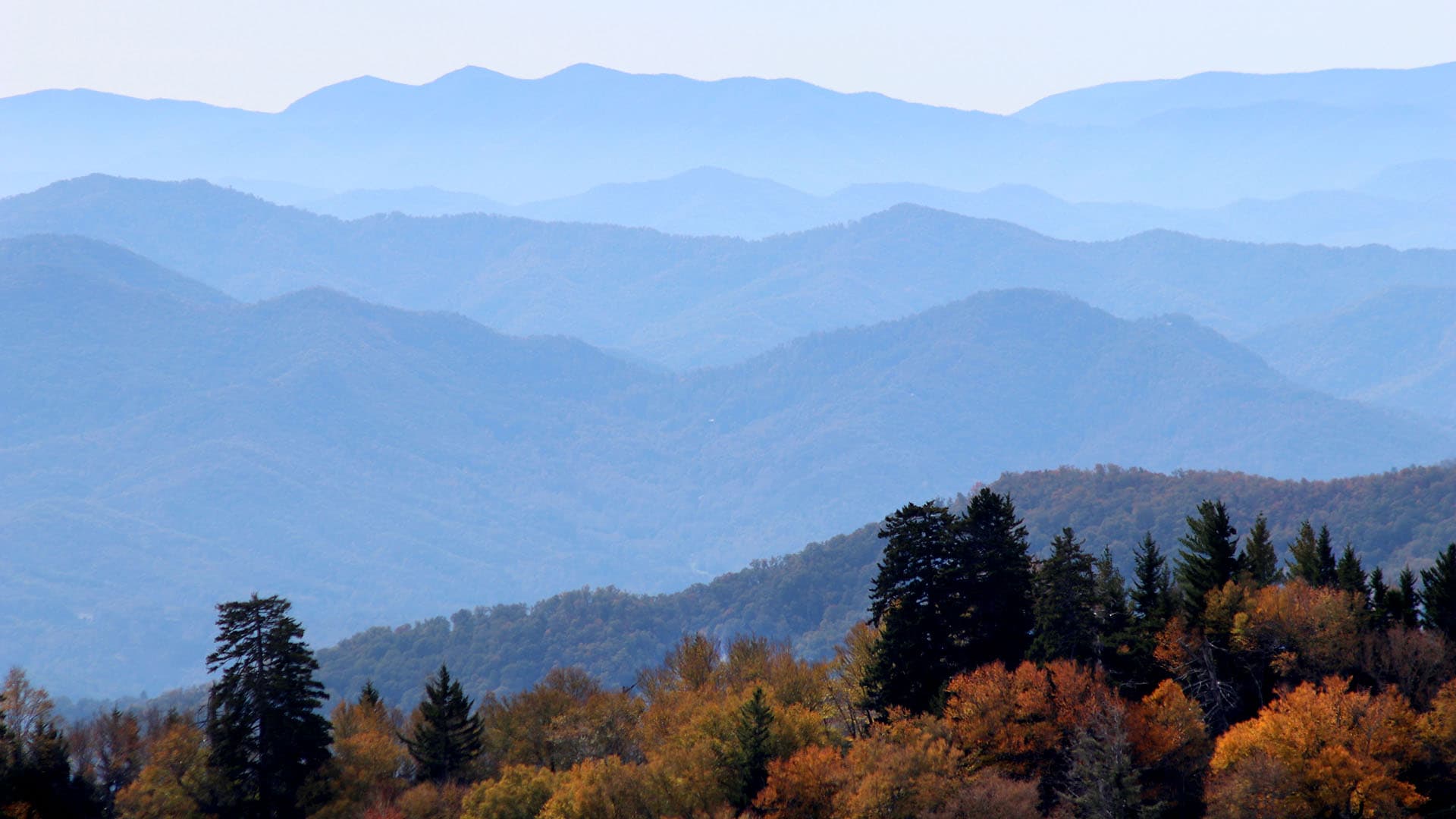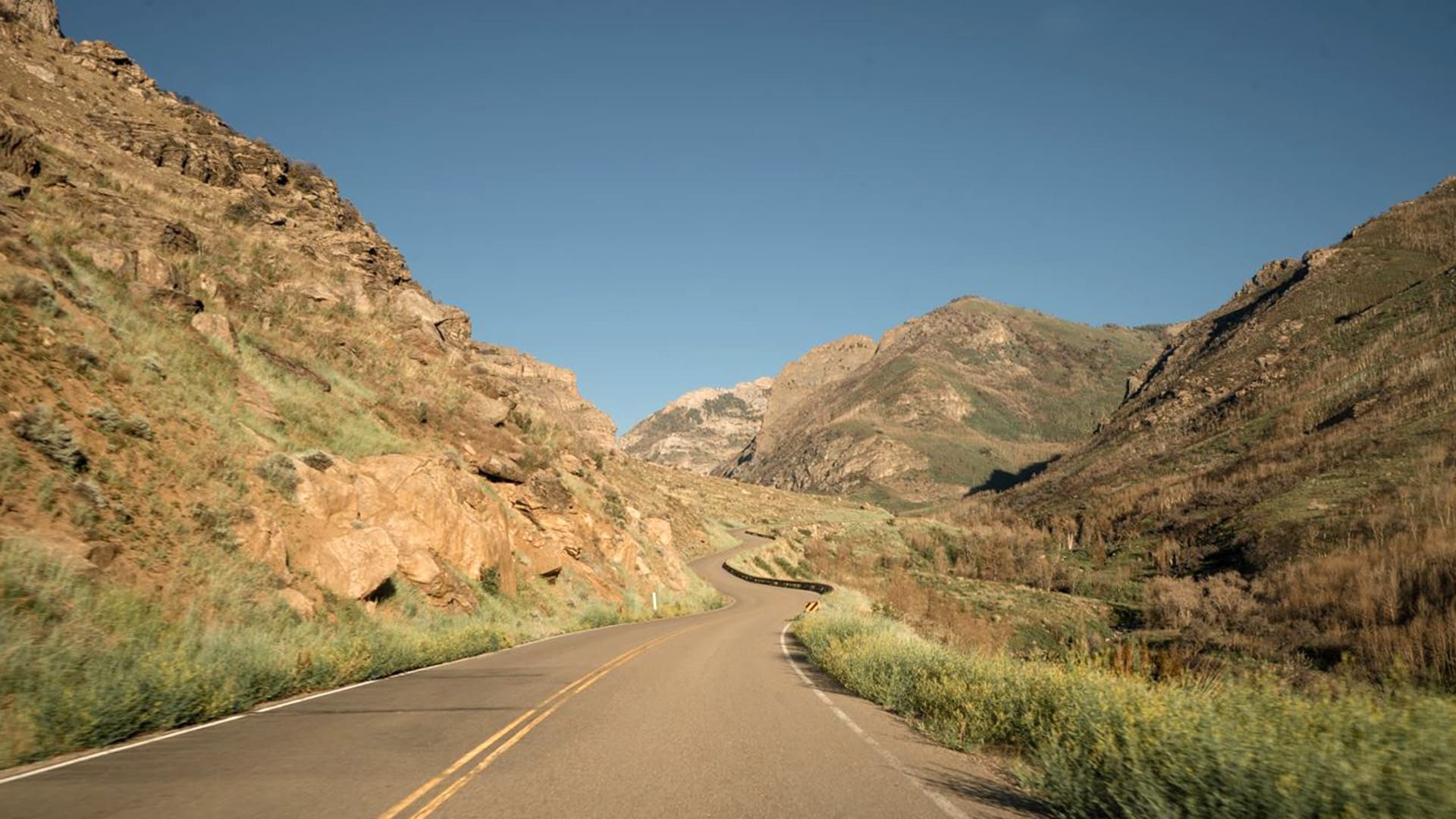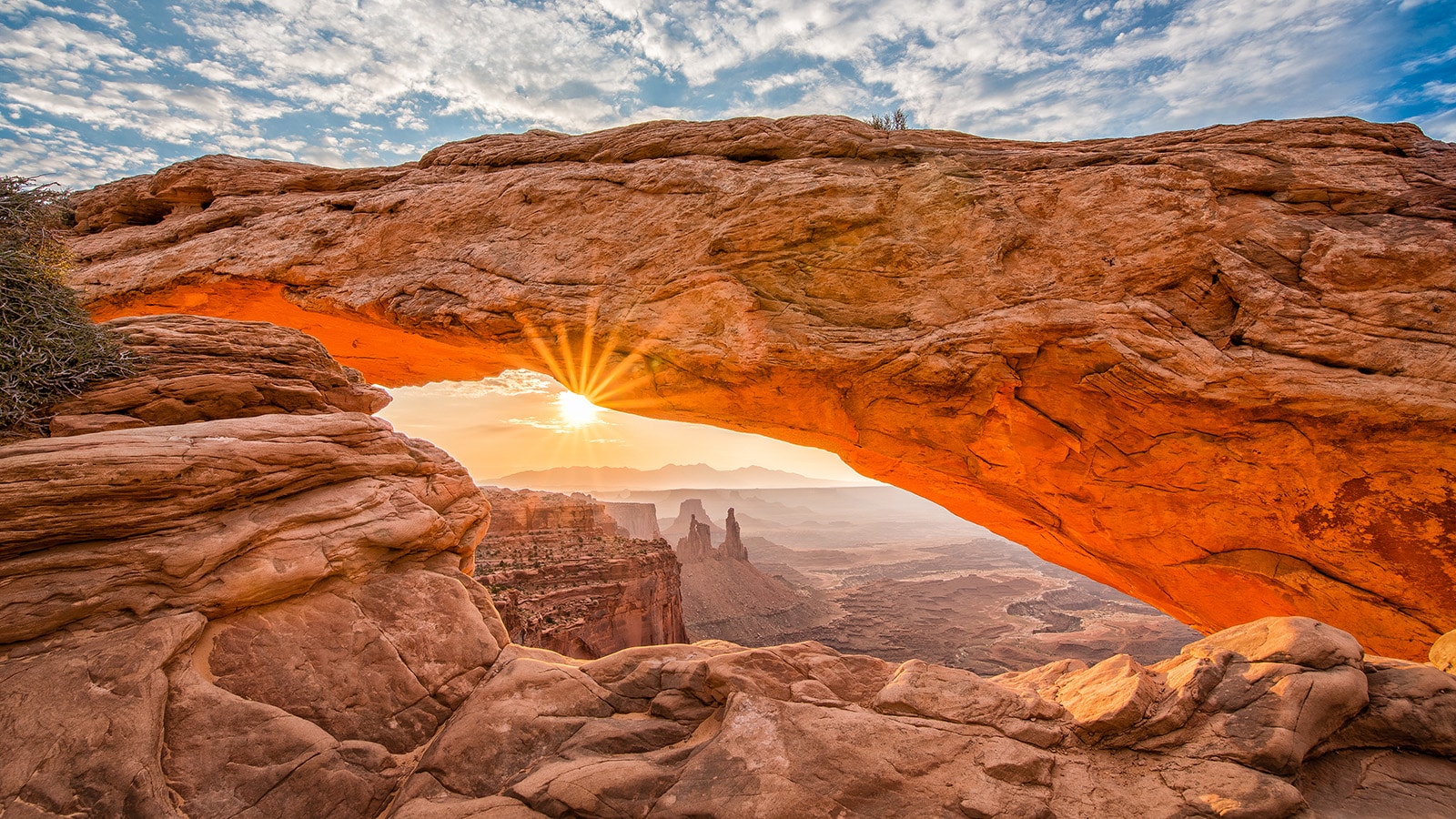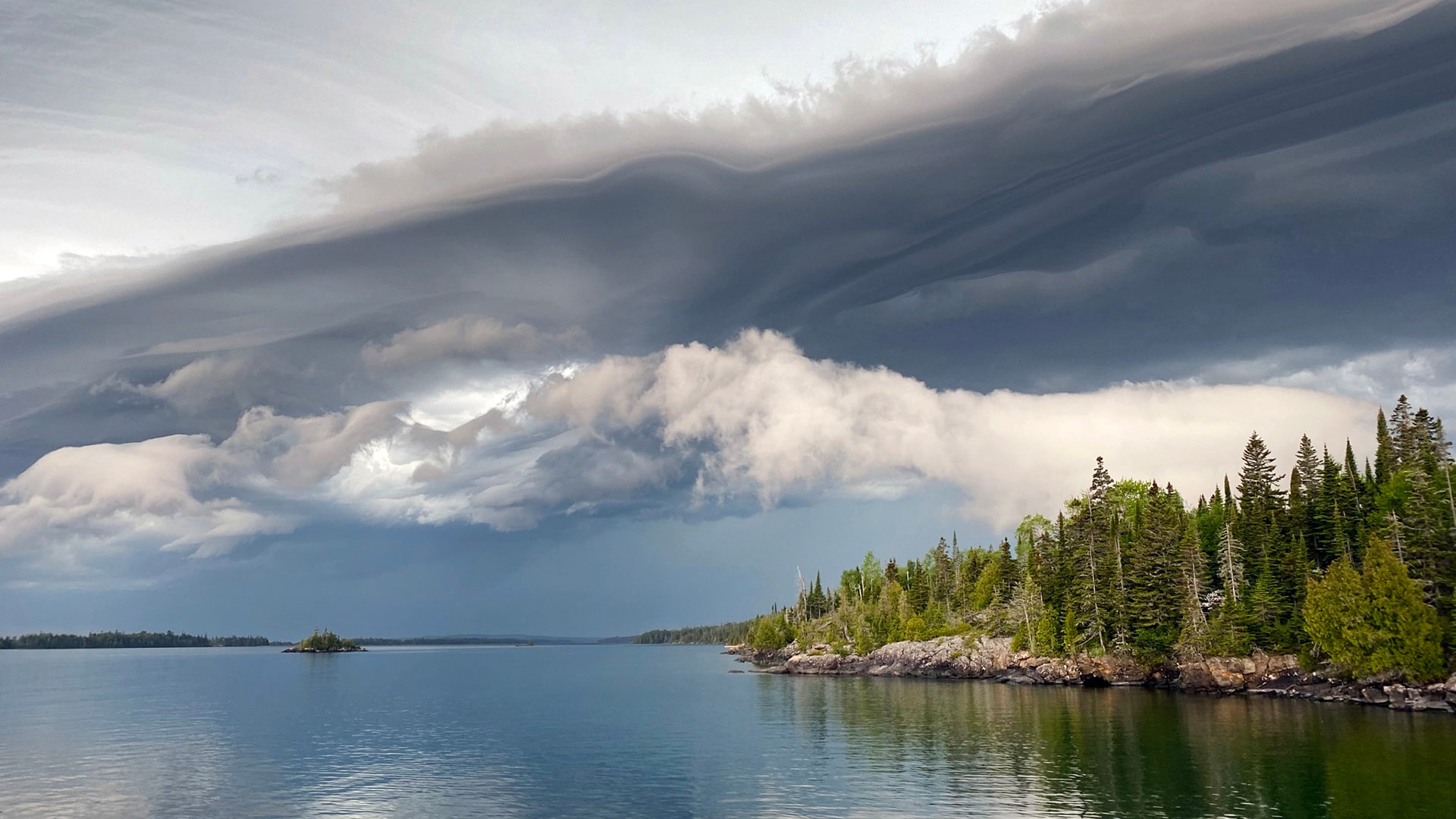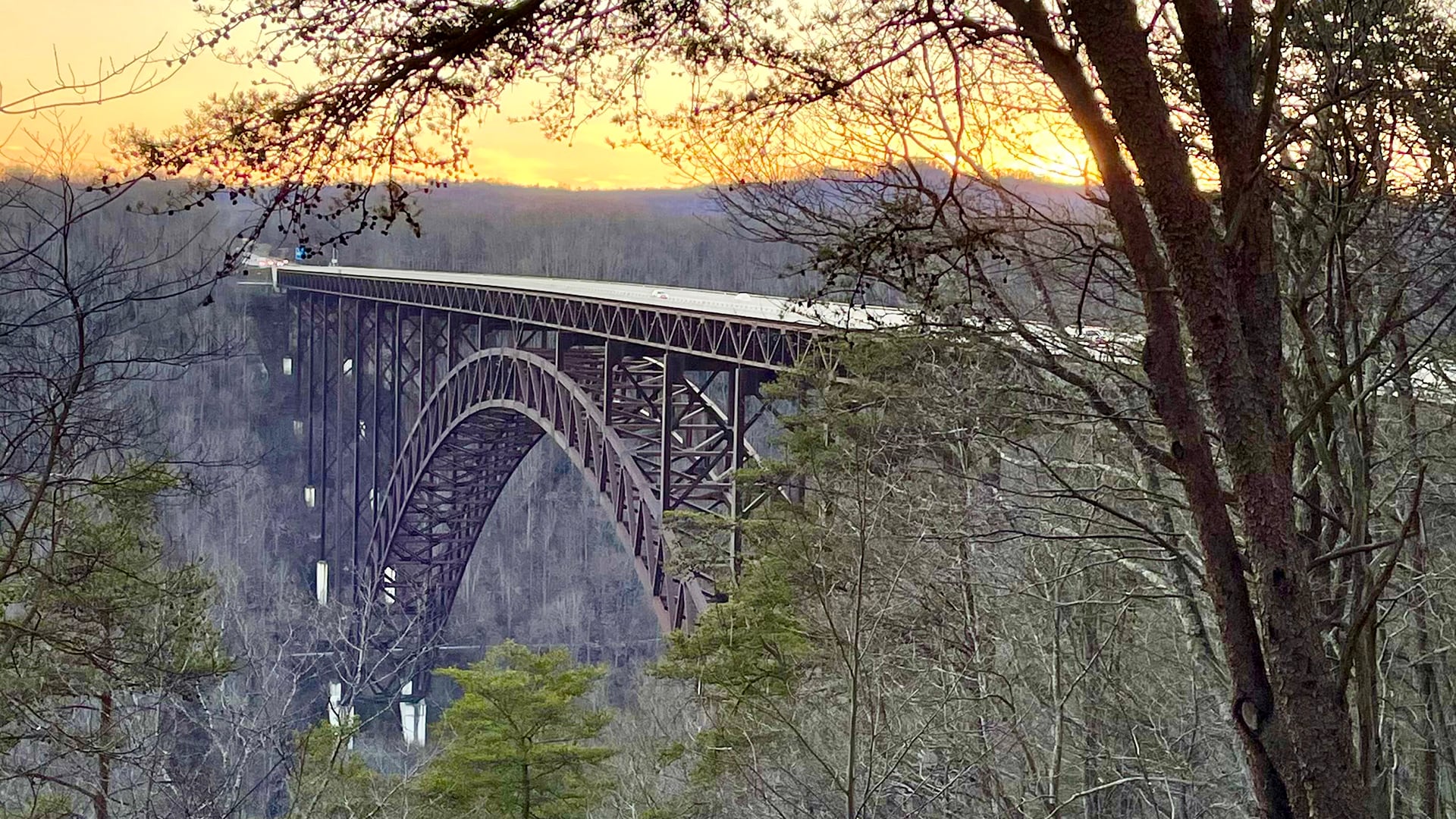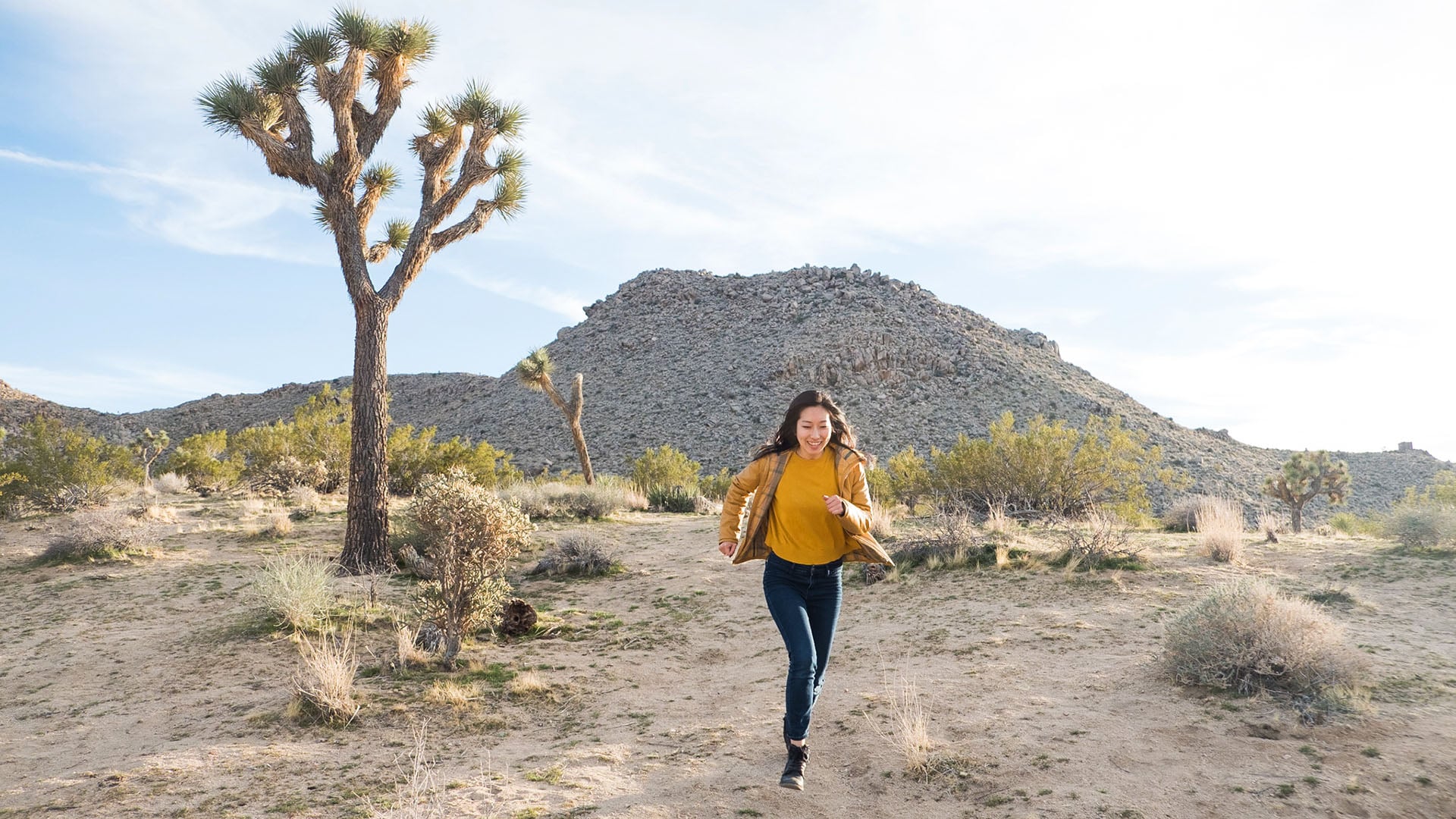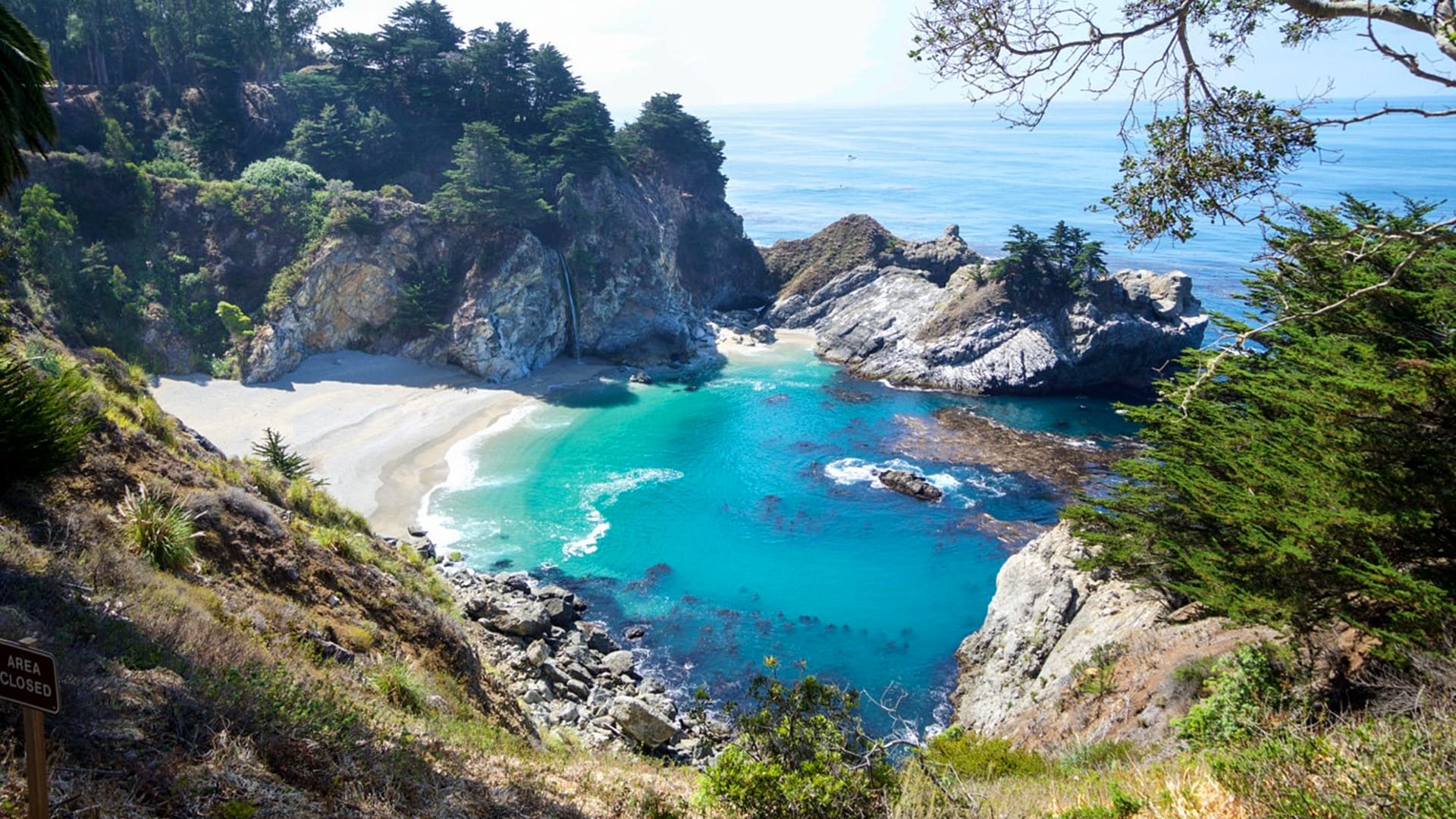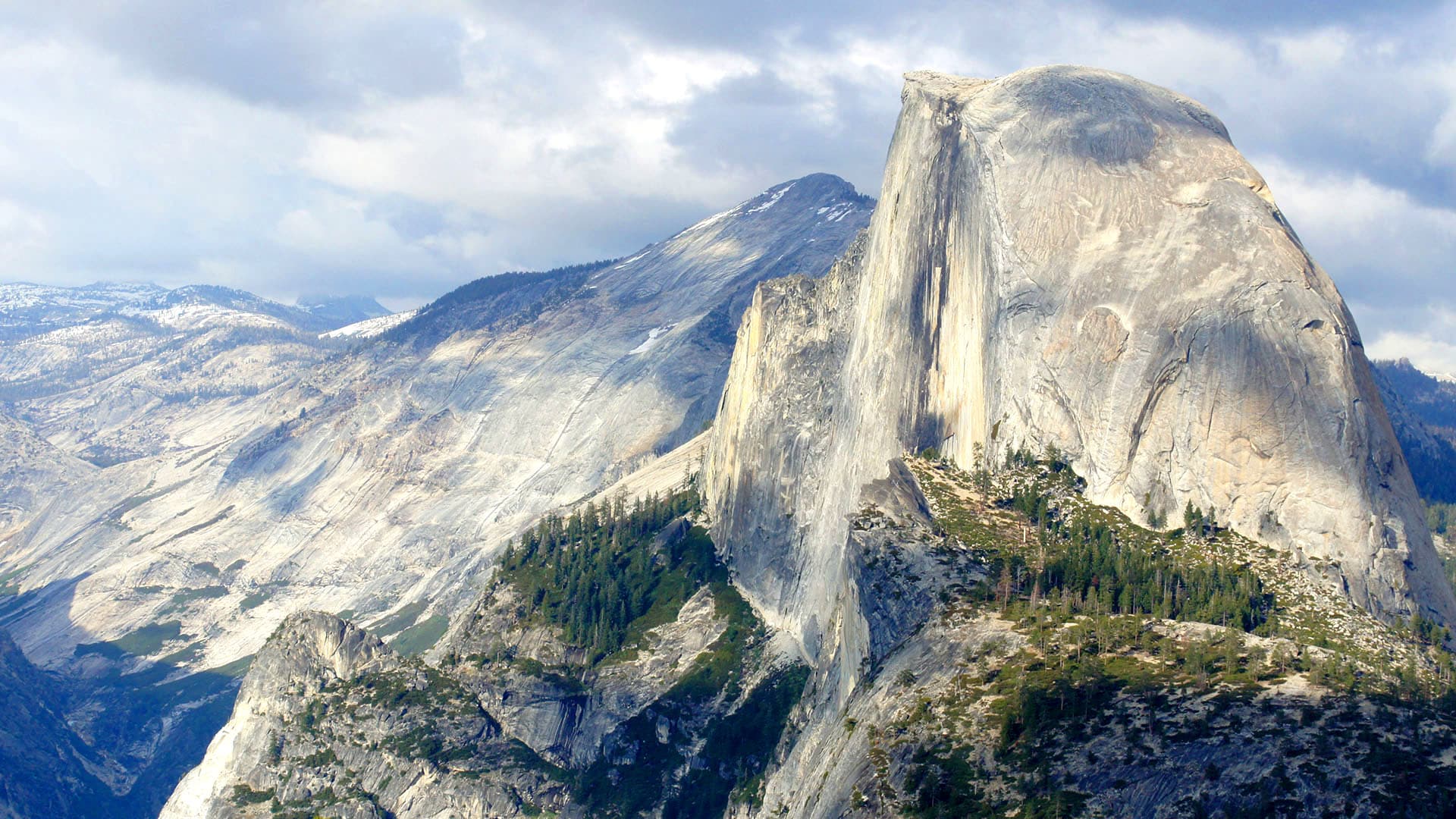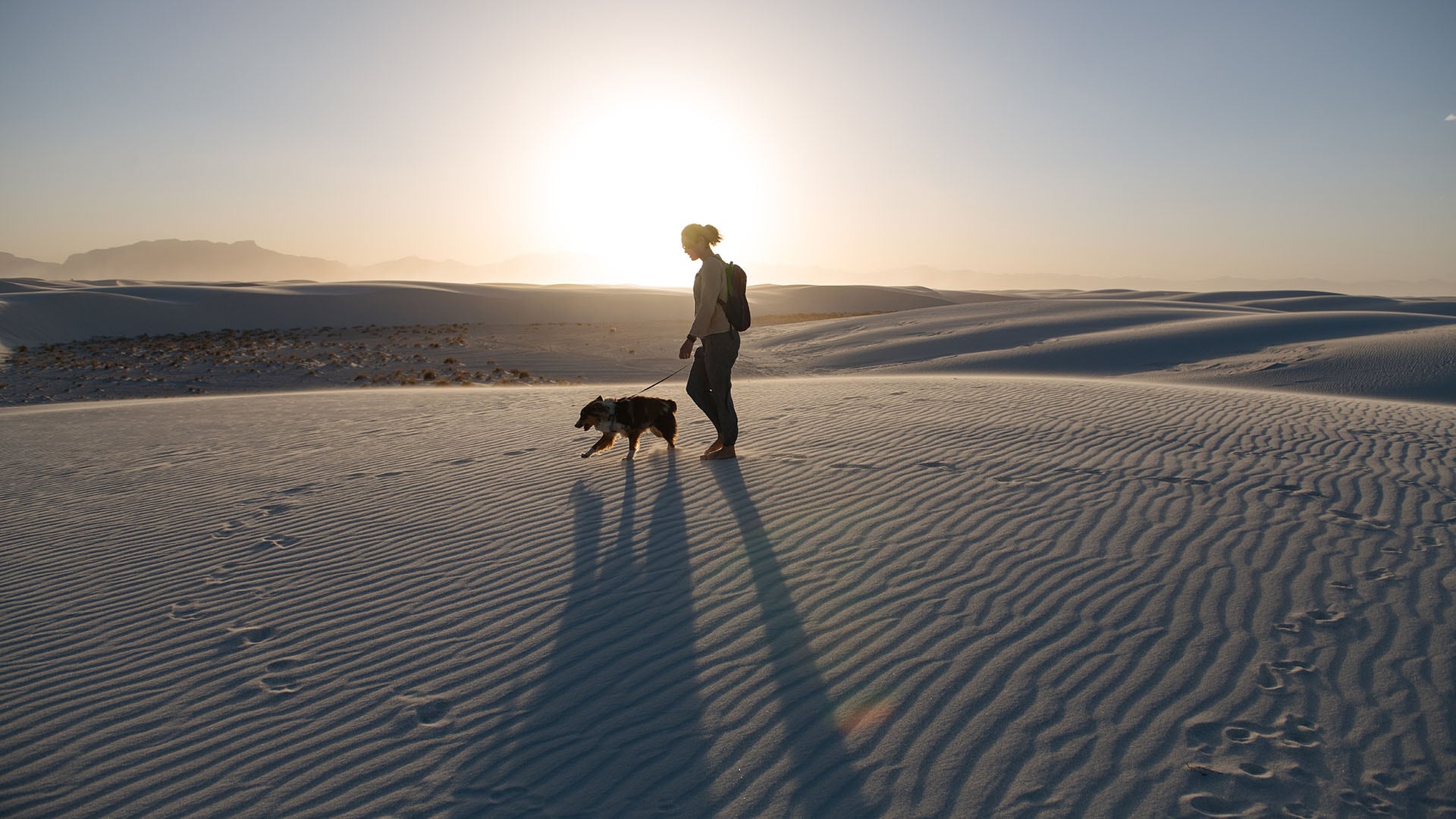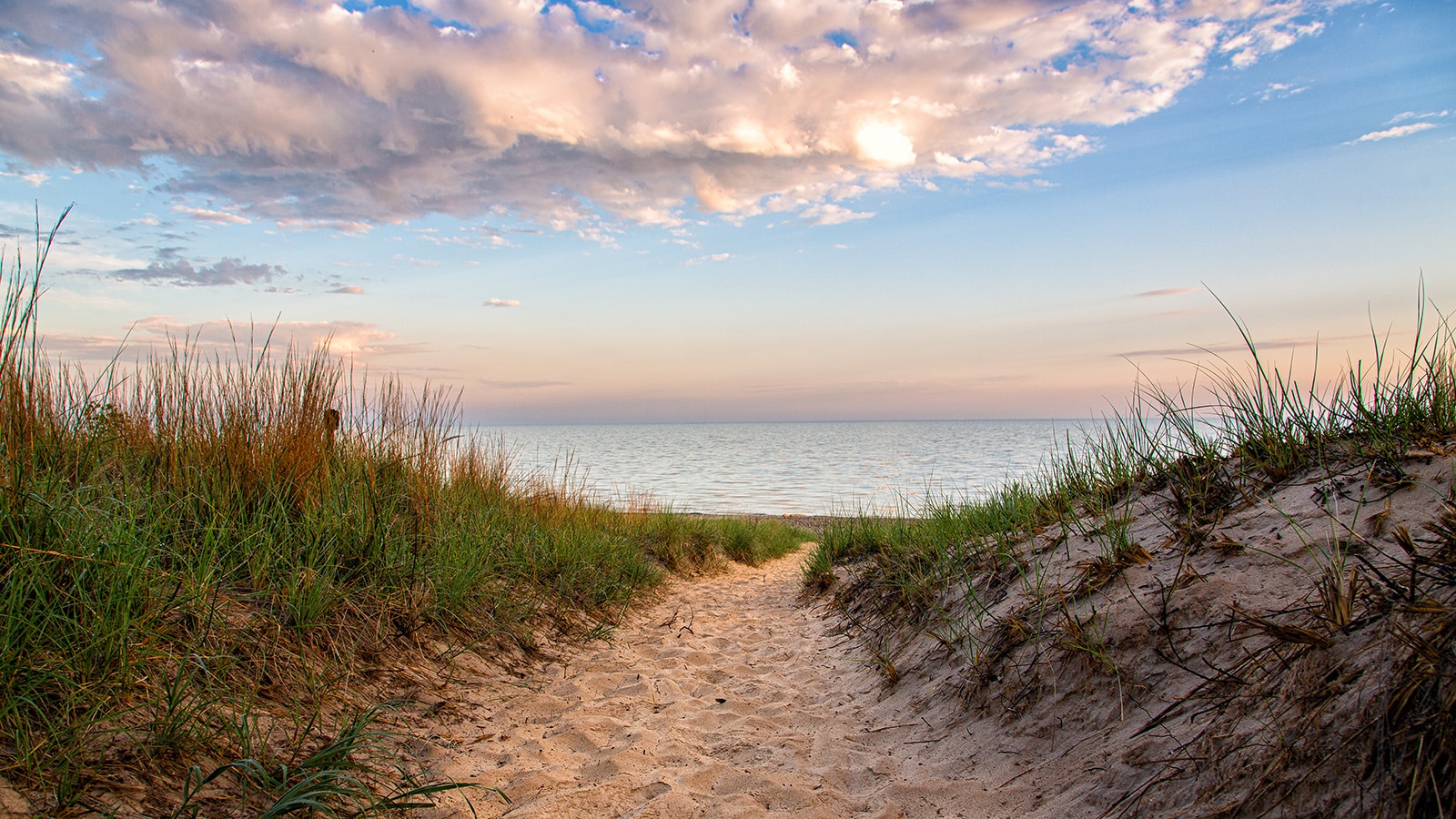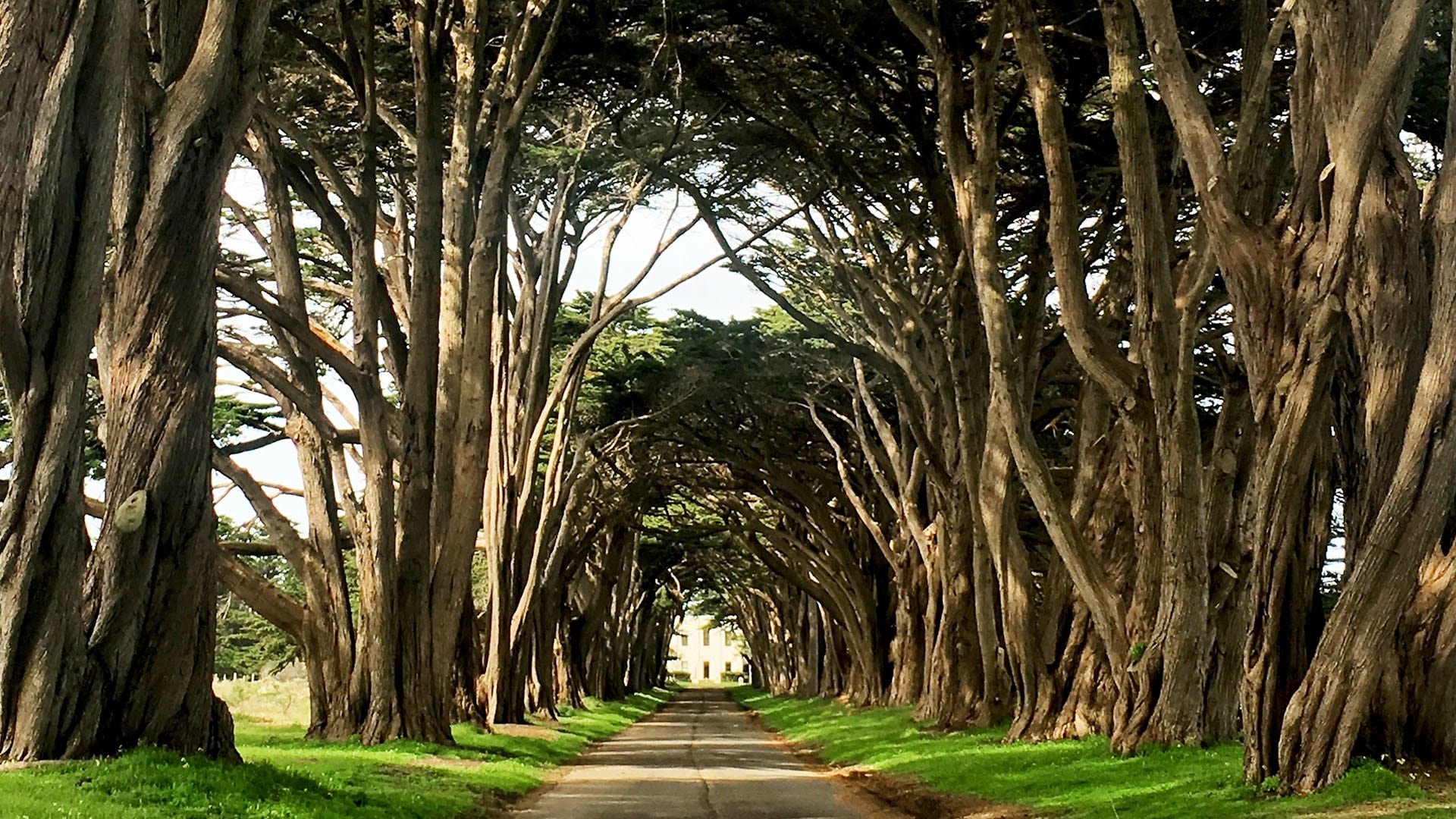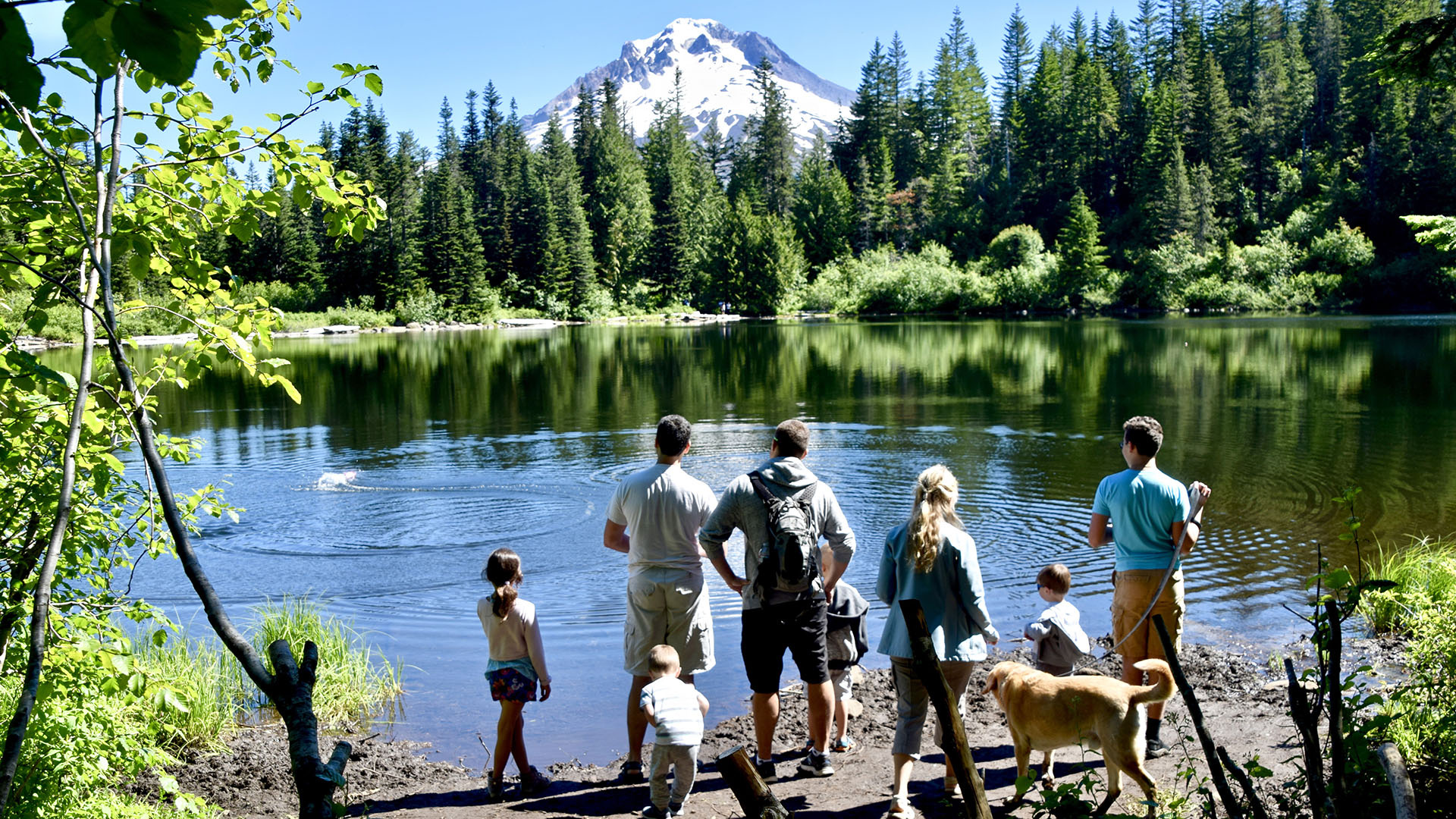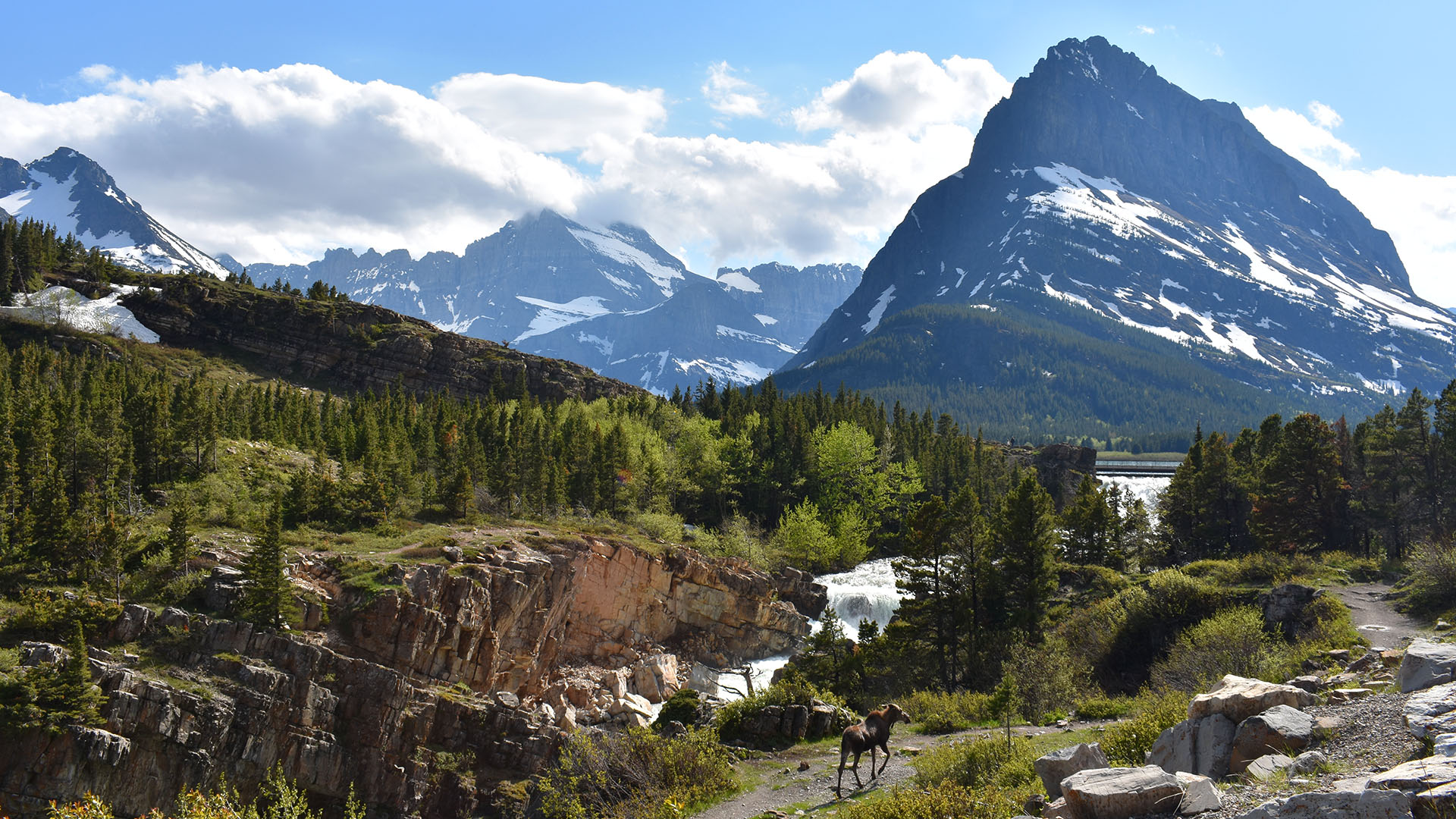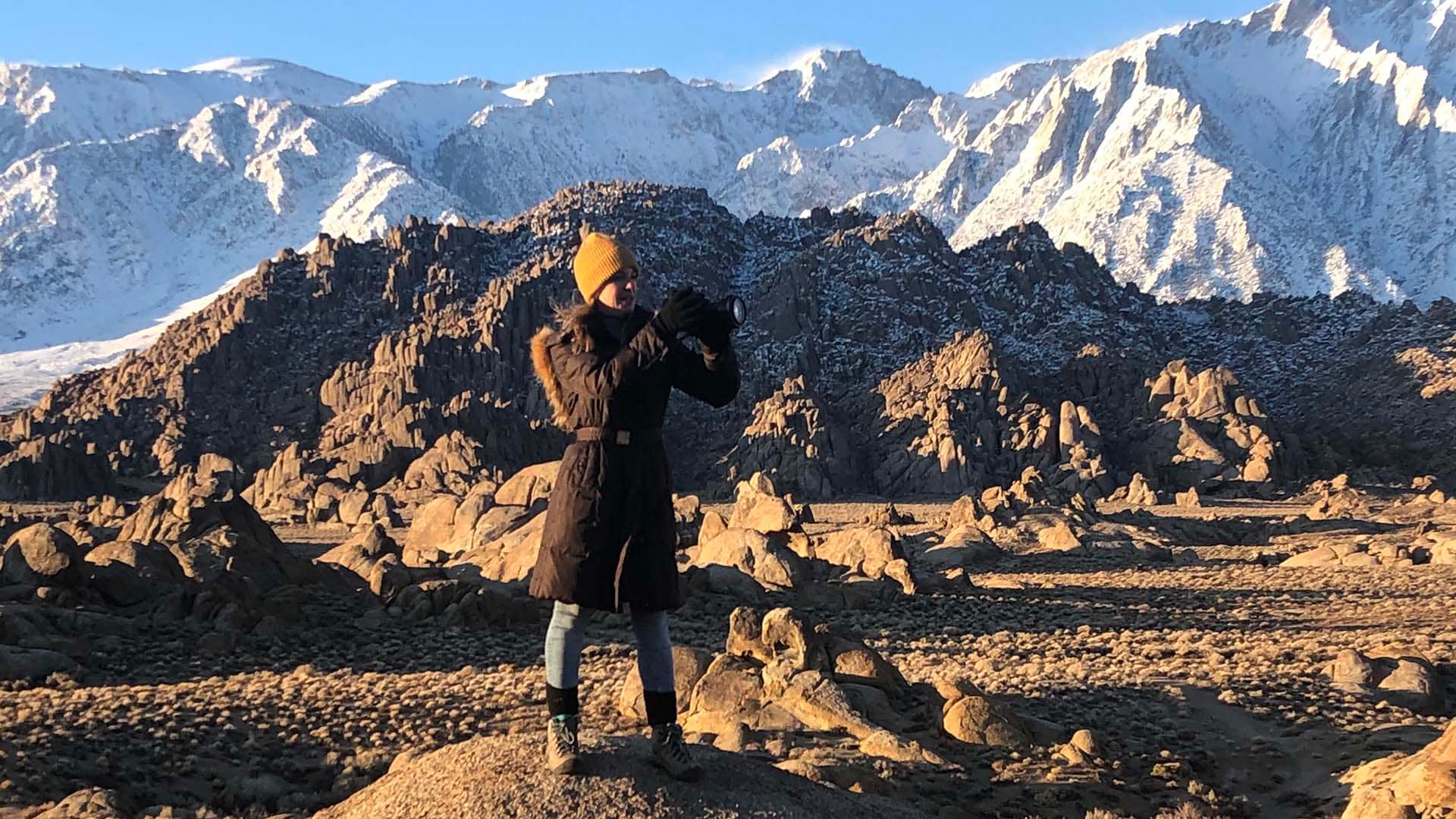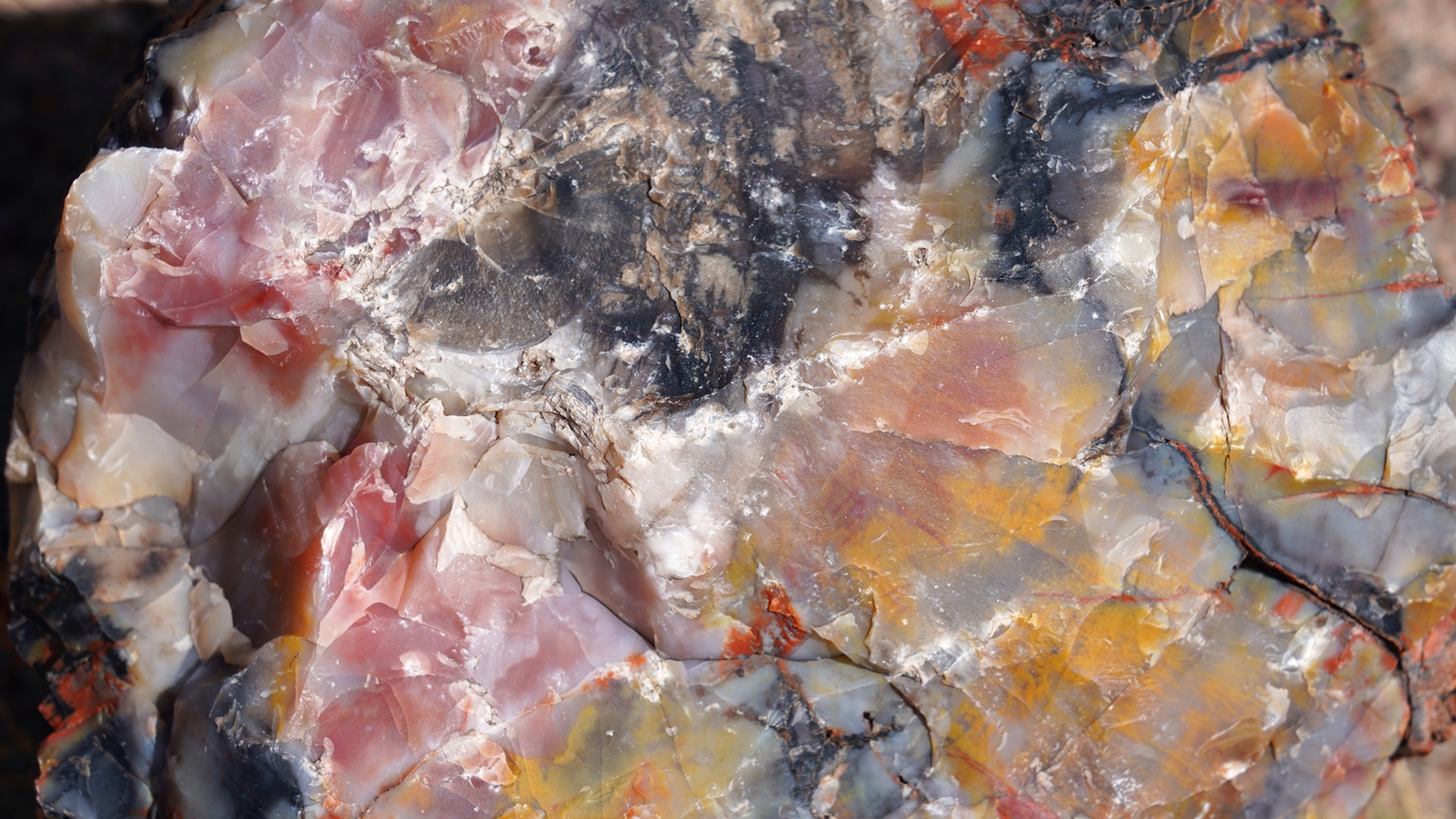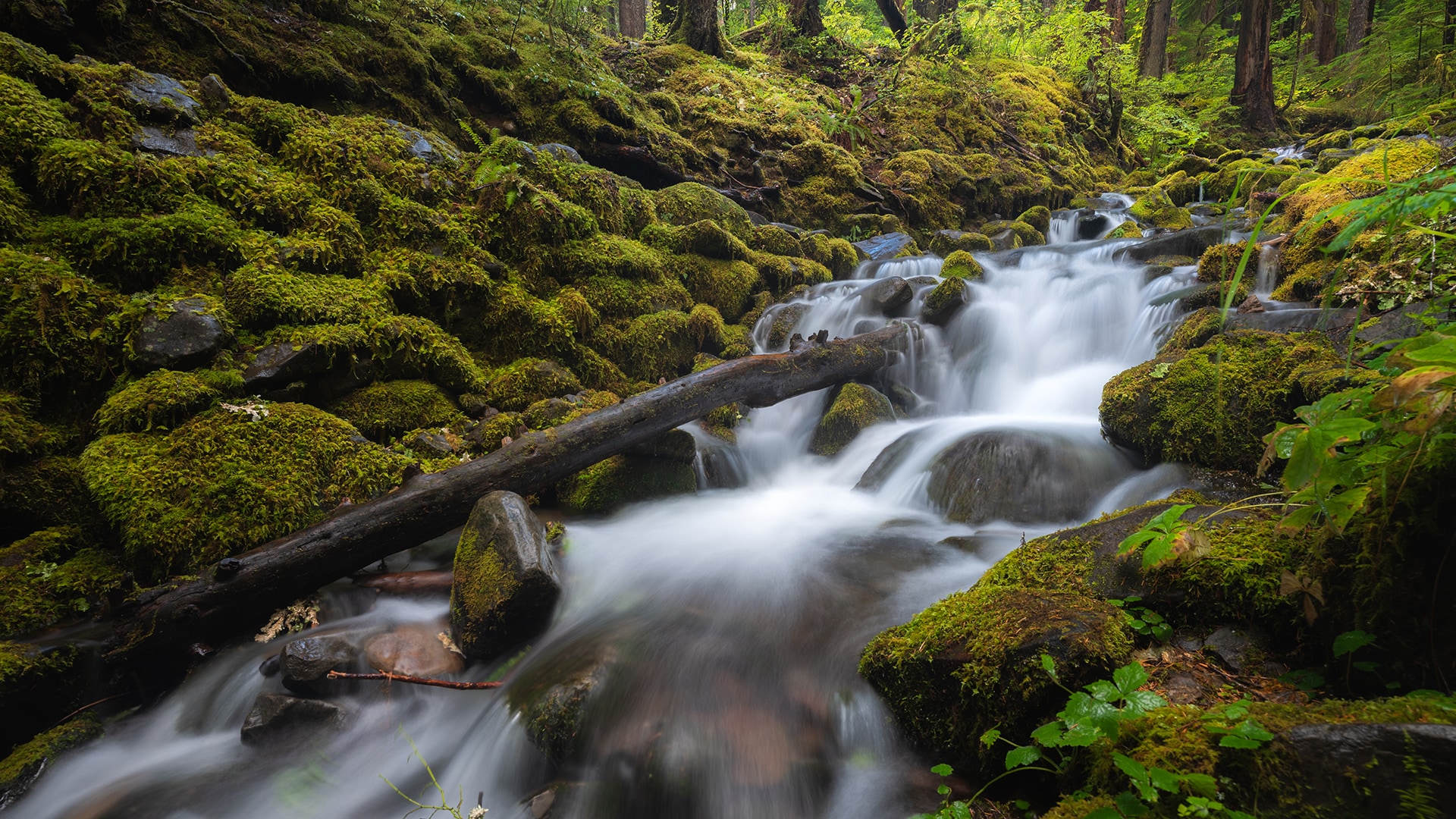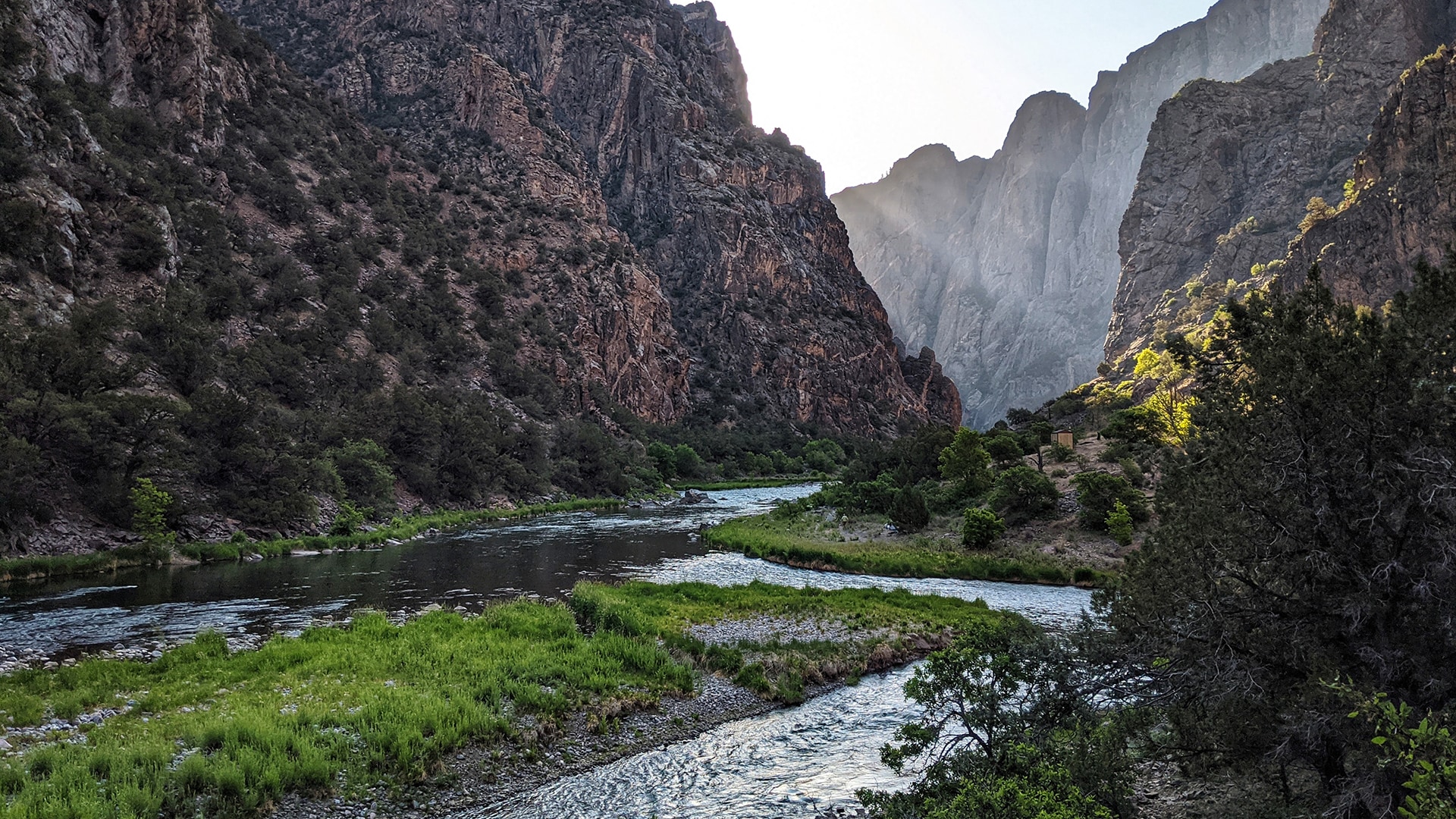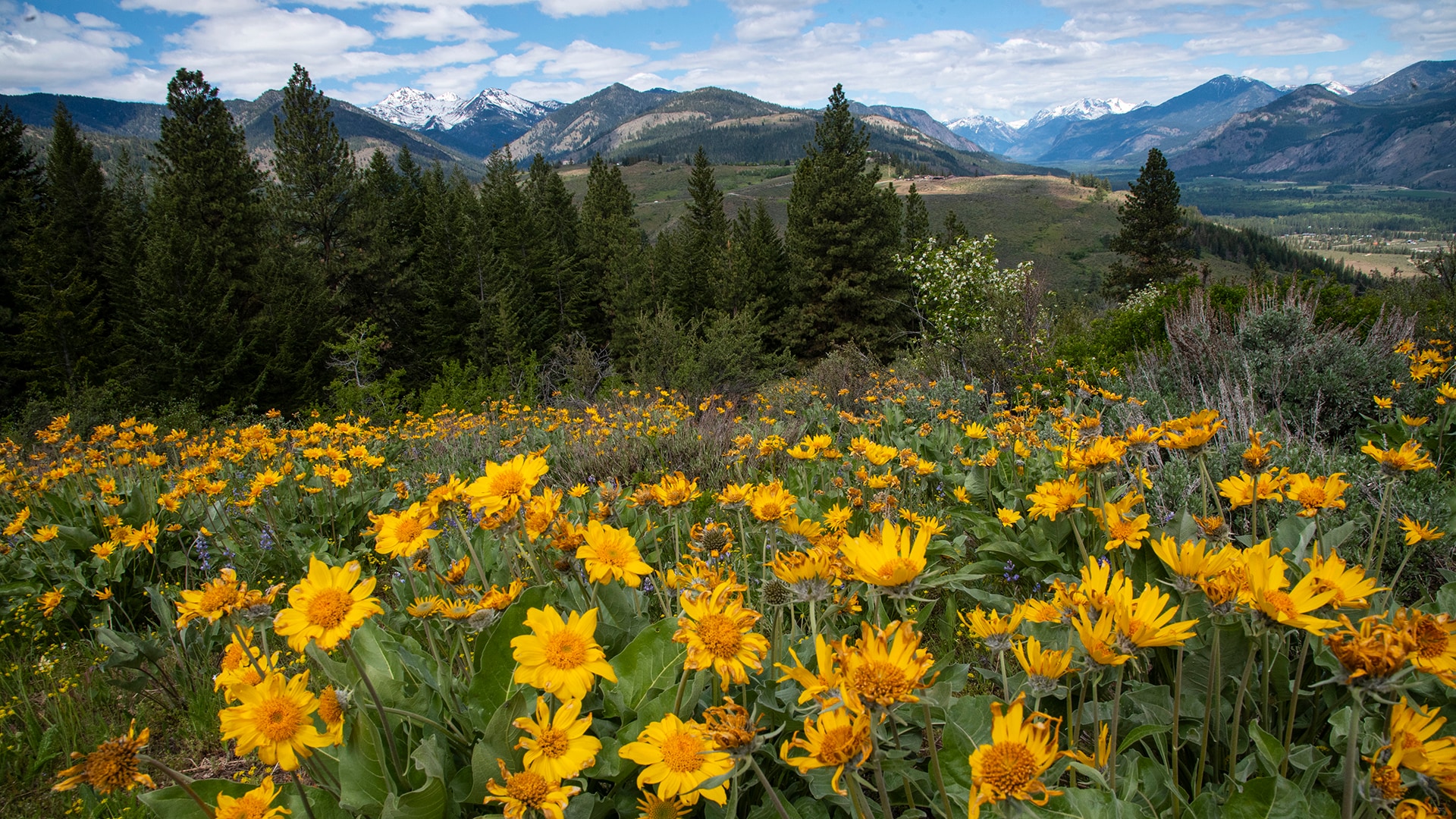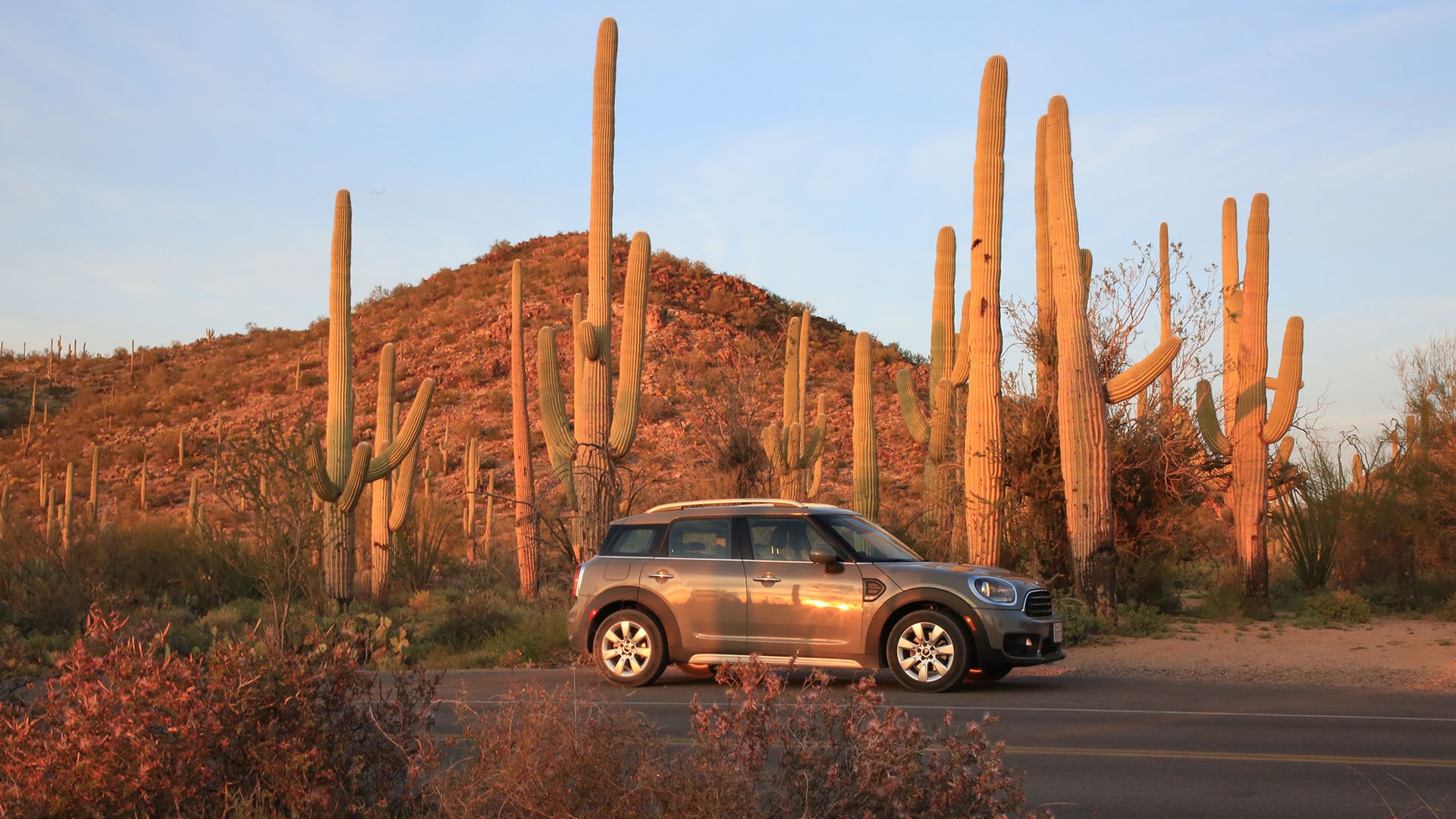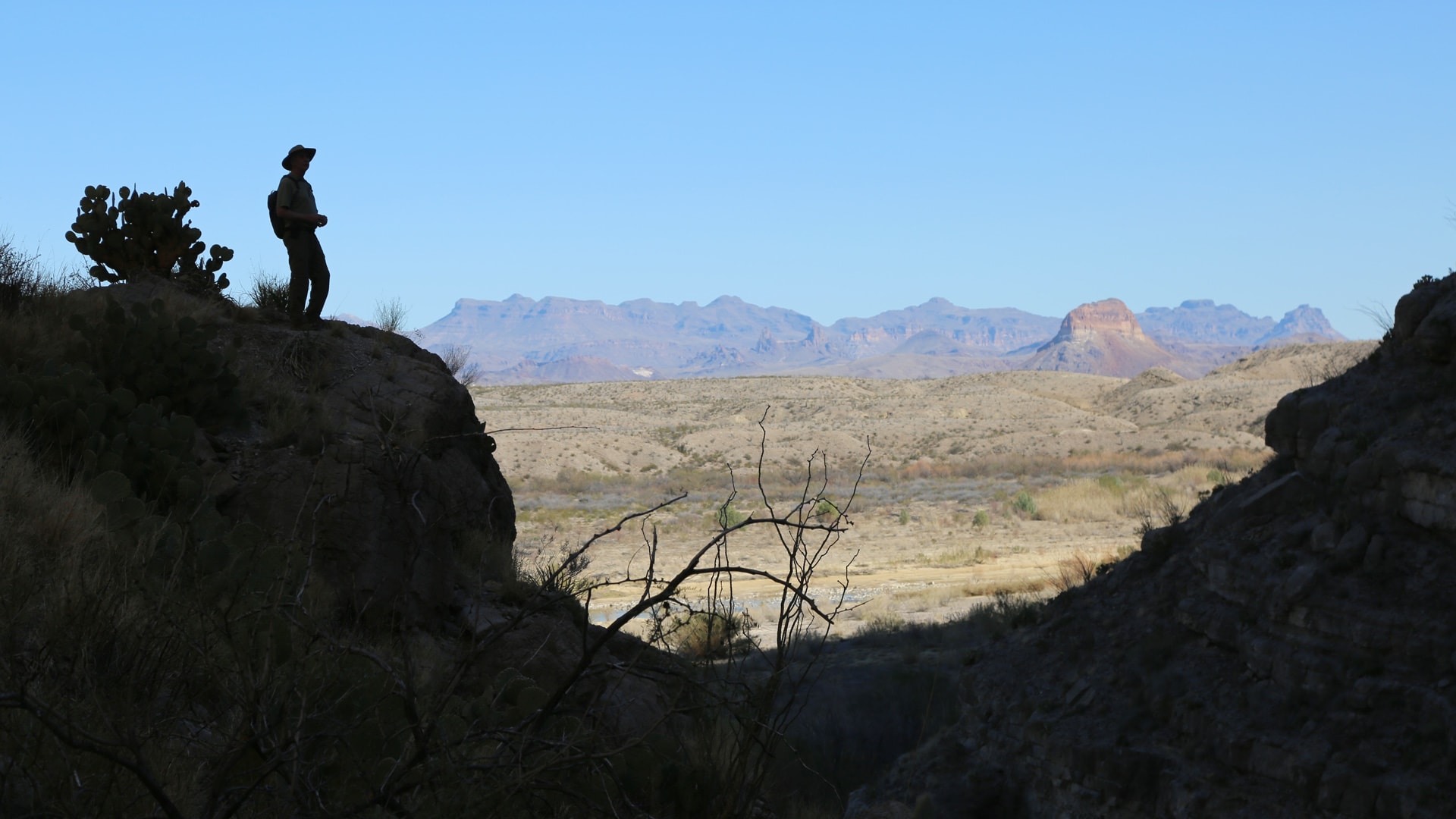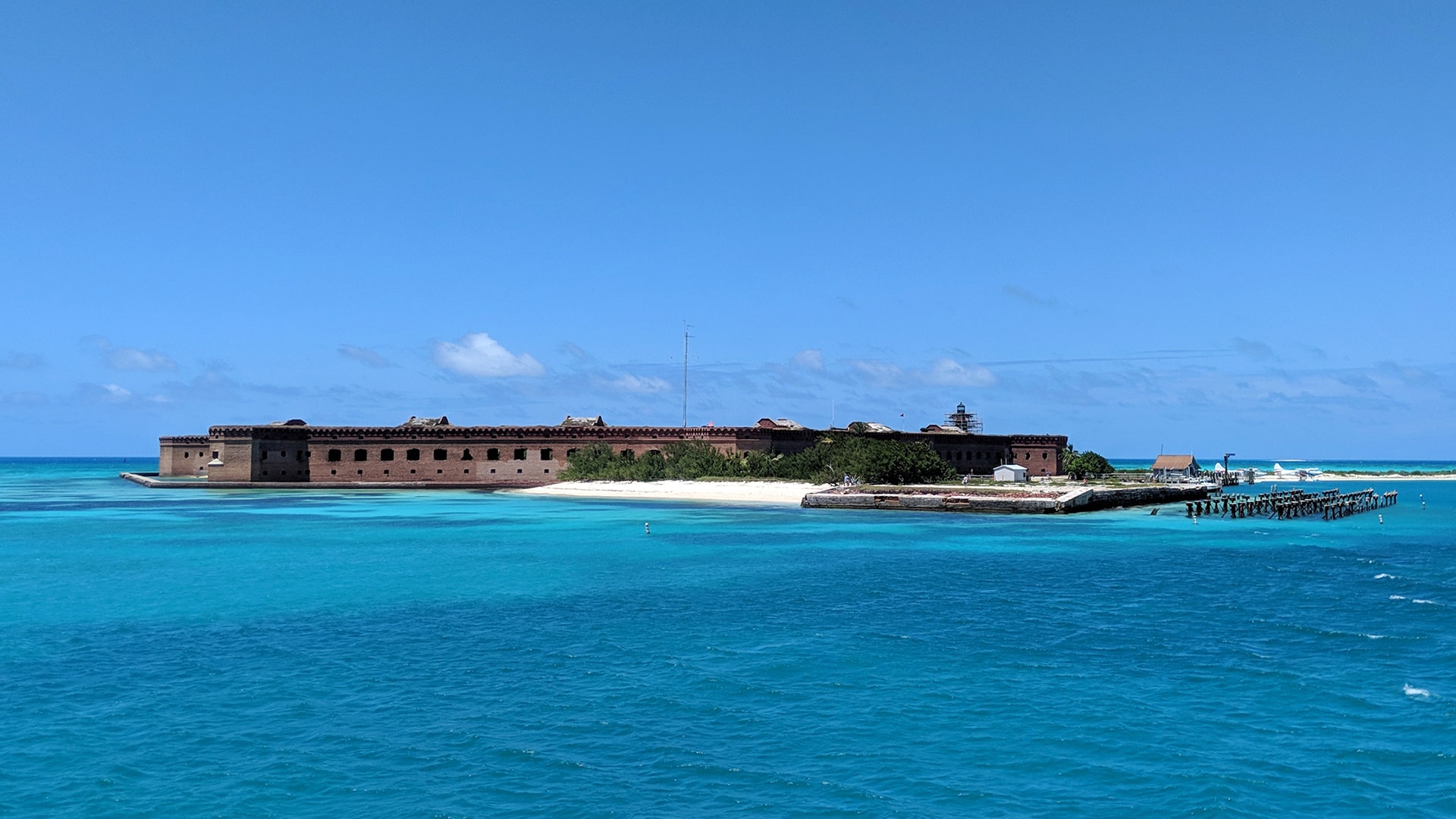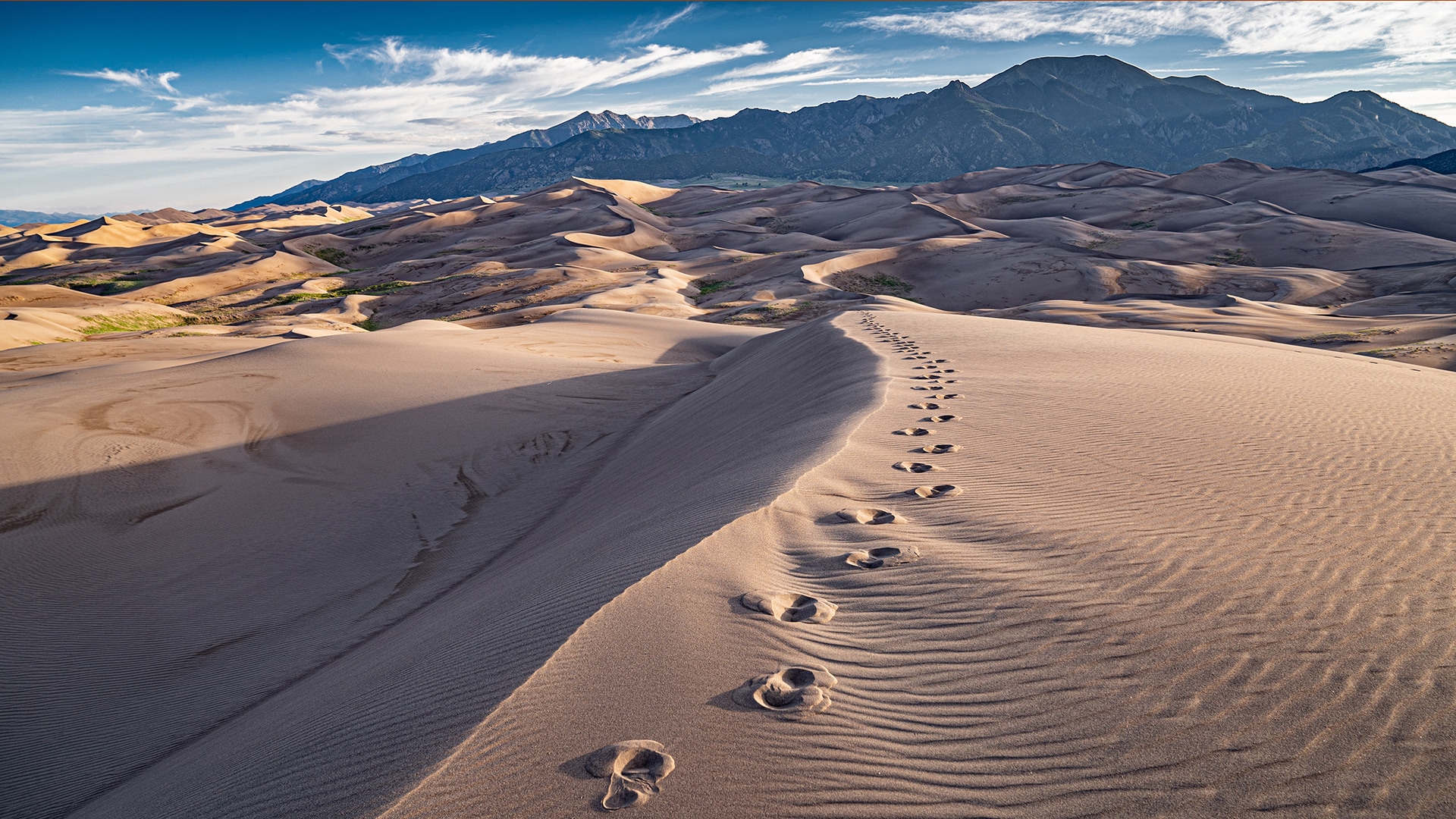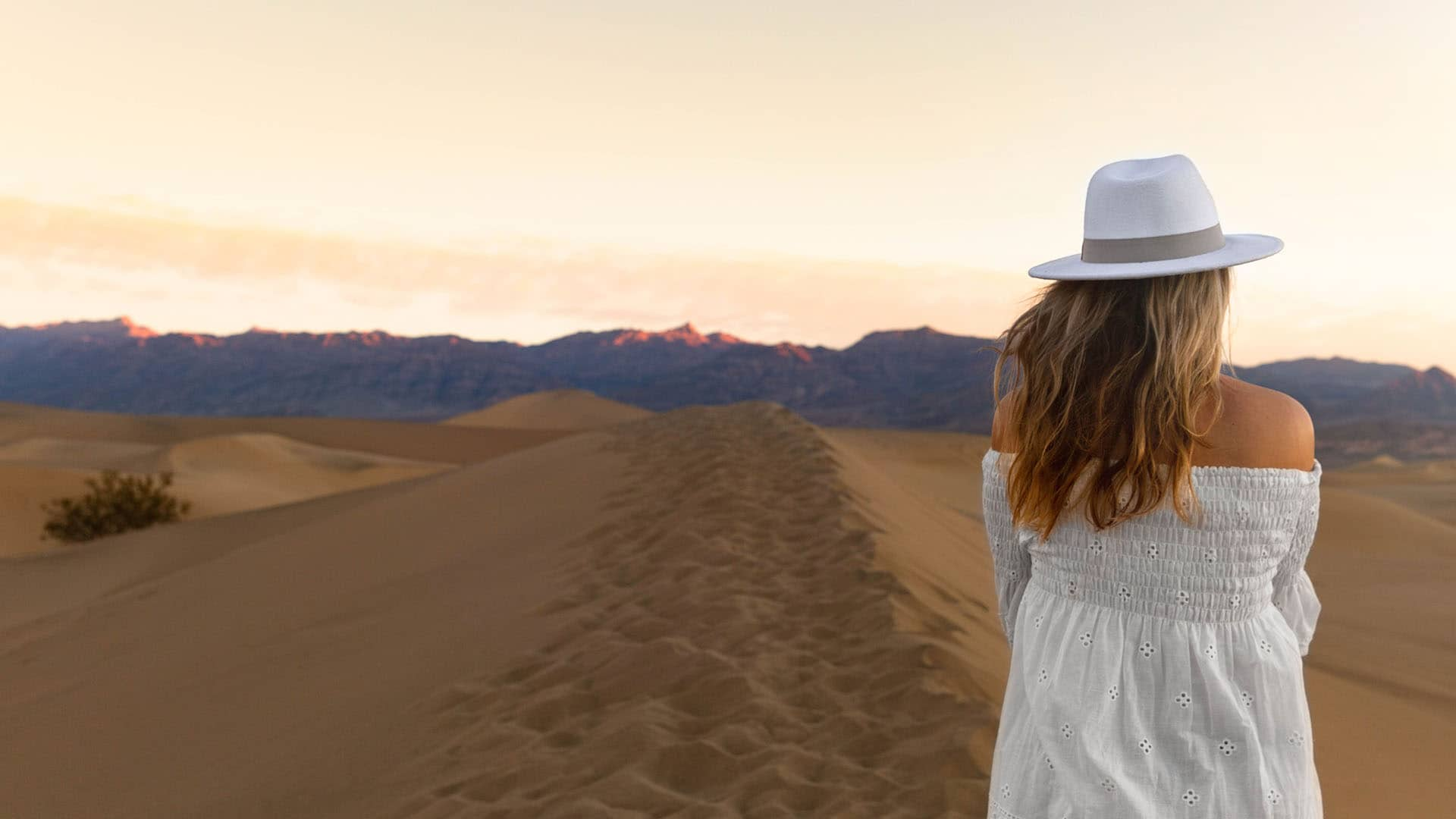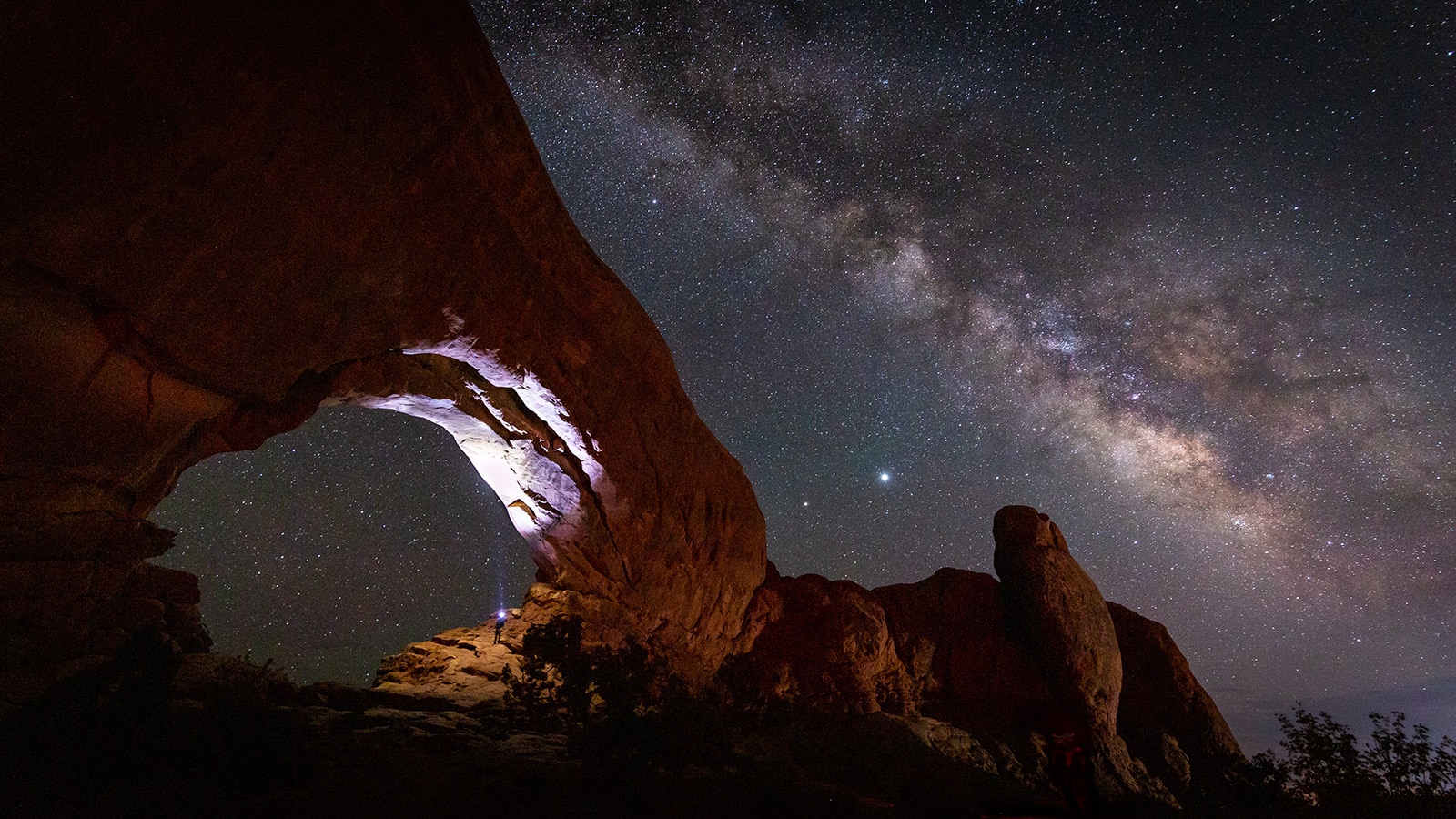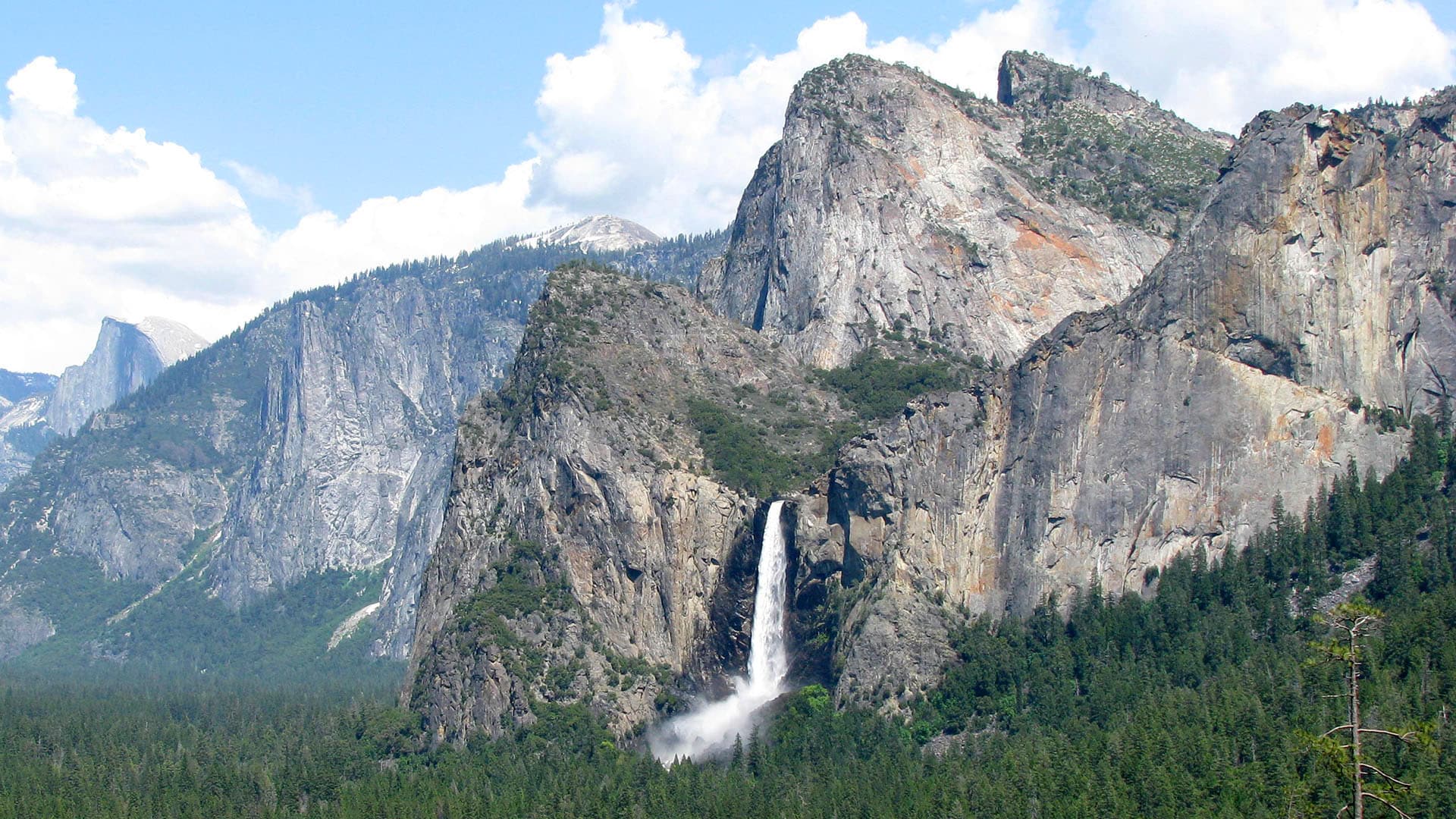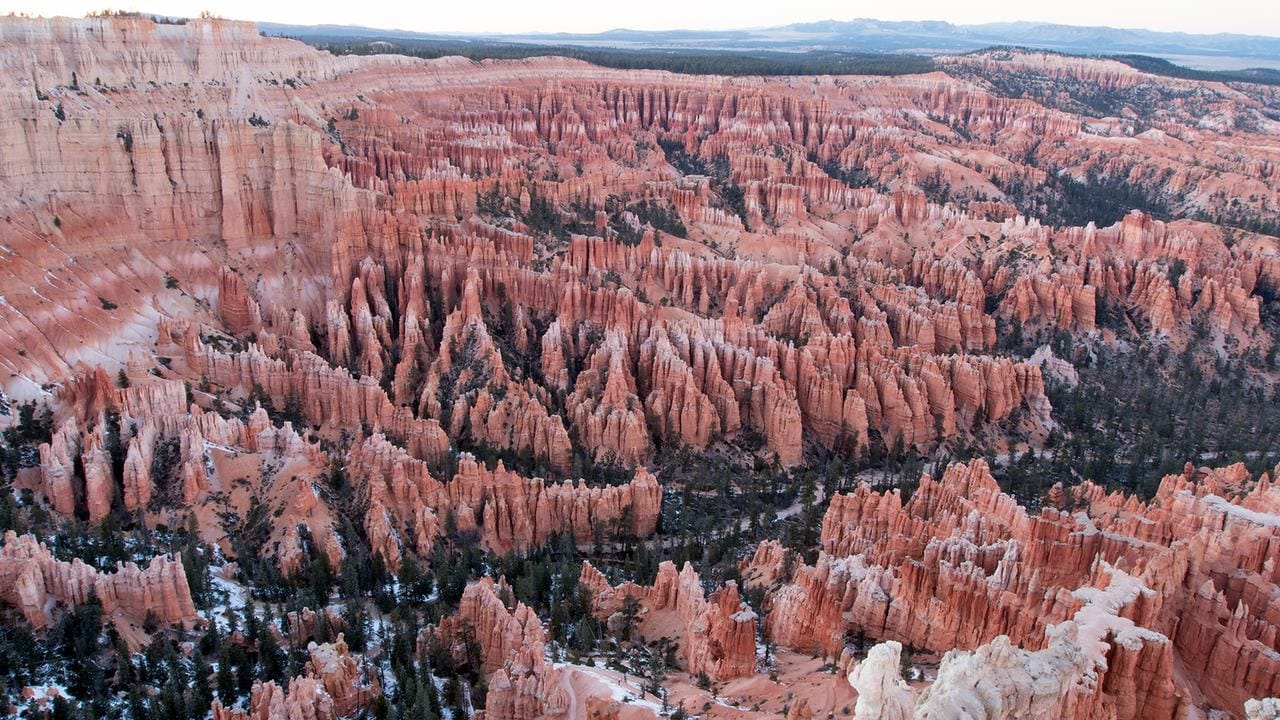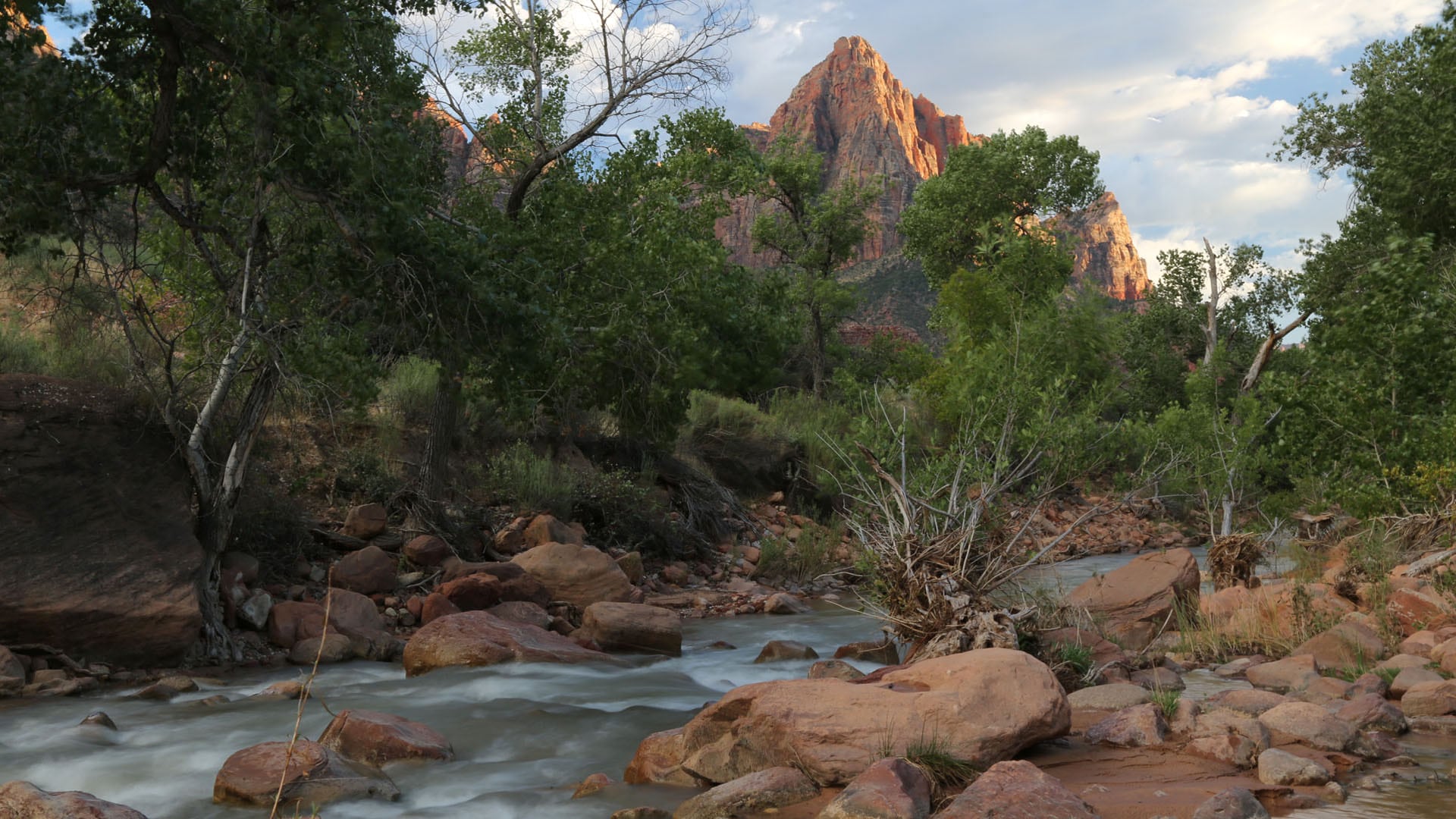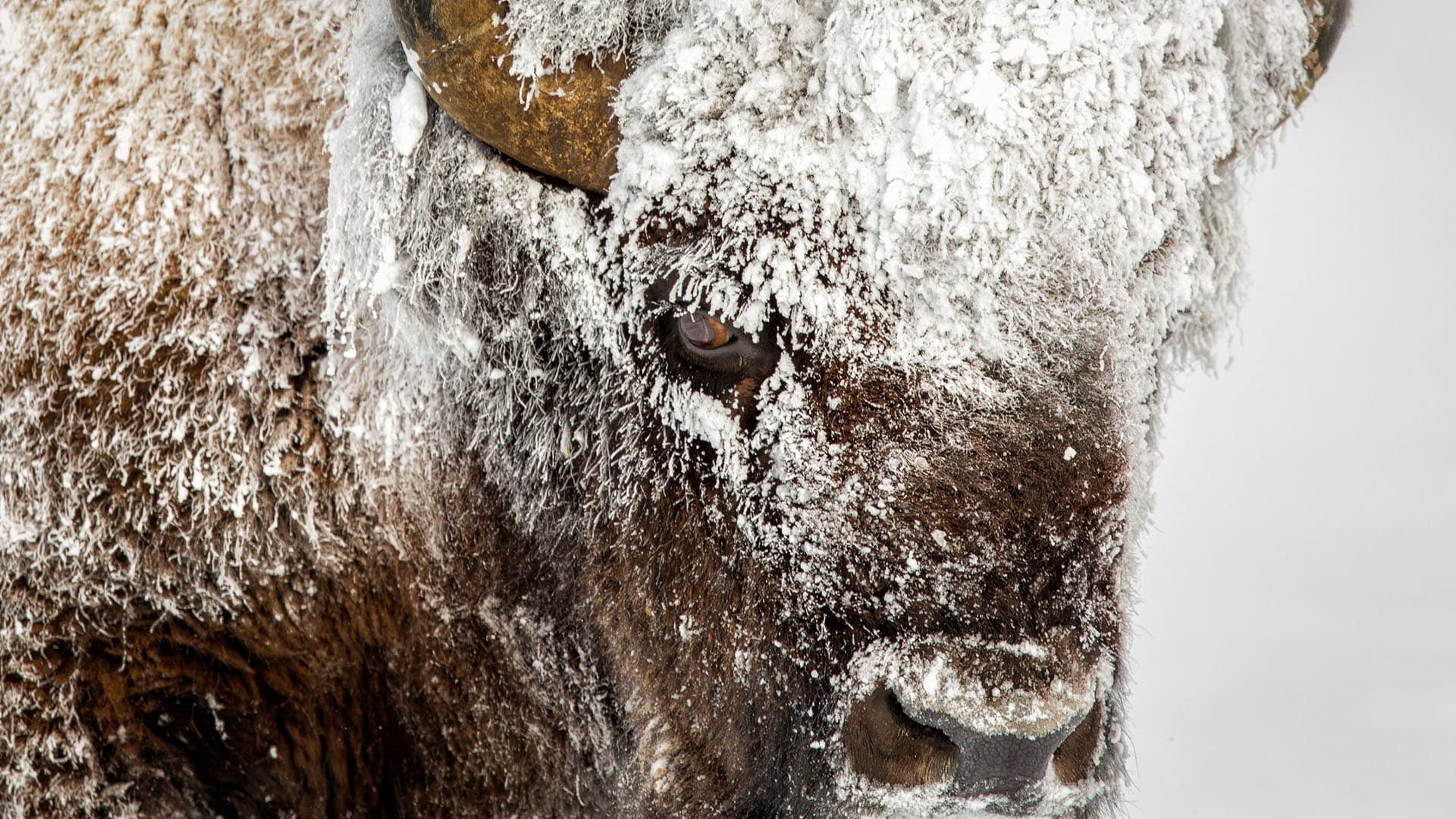Road Trips to See Wildlife
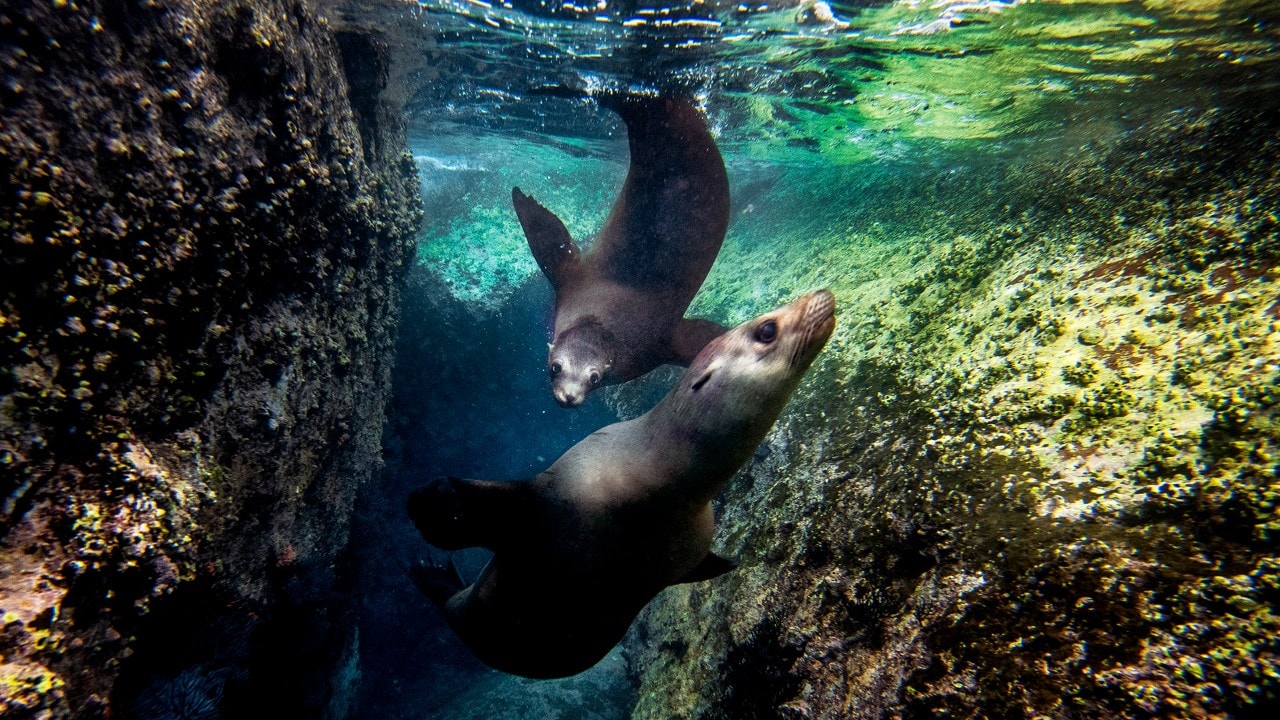
Sea lions chase each other off the coast of La Paz, Mexico. Photo by Michael Ciaglo
Story by Patricia Corrigan
Patricia is a journalist, photographer and book author based in San Francisco.
The great outdoors reveals the rich diversity of nature.
No lions, no tigers, at least in North America — but what about bears? Absolutely! Other wild animals also tolerate our curiosity, and even sometimes pause to watch us watching them.
On road trips in Alaska or Wyoming, you’ll have a good chance of observing brown bears. Birders flock (sorry) to the Midwest to see bald eagles and sandhill cranes. In Florida, you can commune with manatees in their natural habitat. Bison, sometimes referred to as monarchs of the plains, hang out in a popular national park. Drive to the edge of many a coastal town, hop aboard a boat, and instantly you’re a whale watcher.
All these journeys allow you to spend time outdoors, and that makes social distancing easy. Pack weather-appropriate clothing, binoculars and your camera. Then, rent a car and head out.
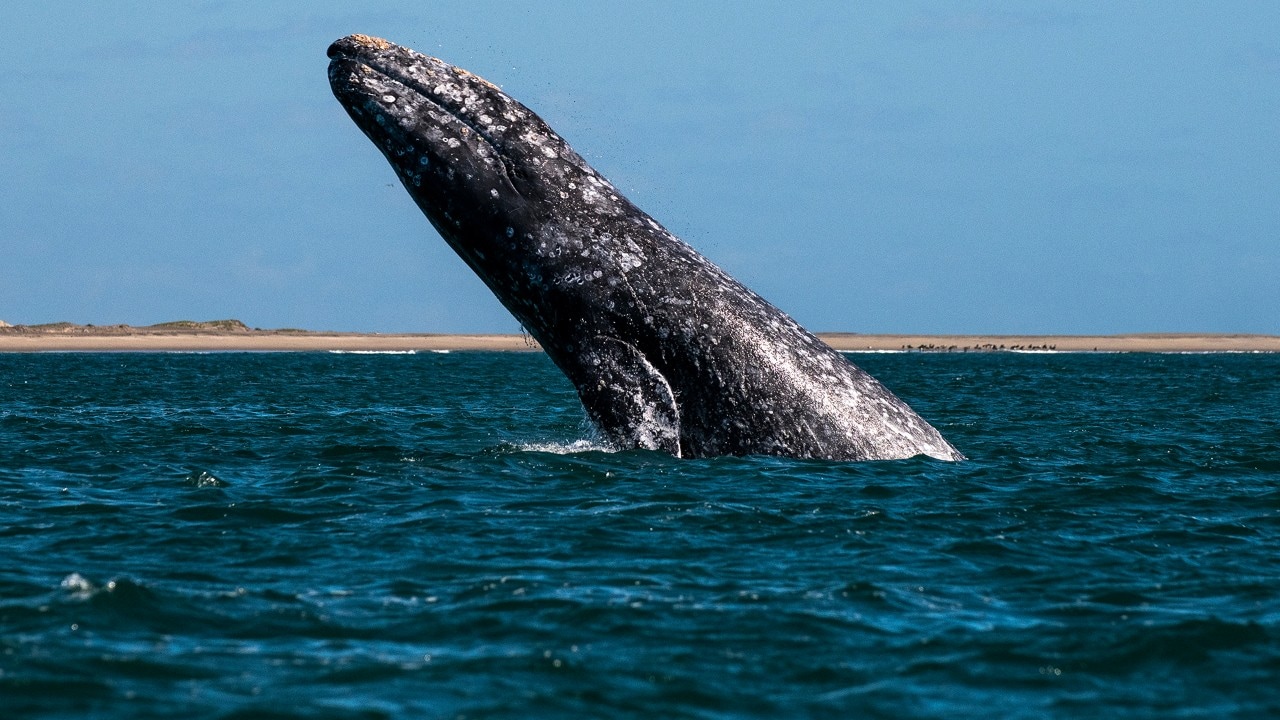
A California gray whale leaps off the coast of La Paz, Mexico. Photo by Michael Ciaglo
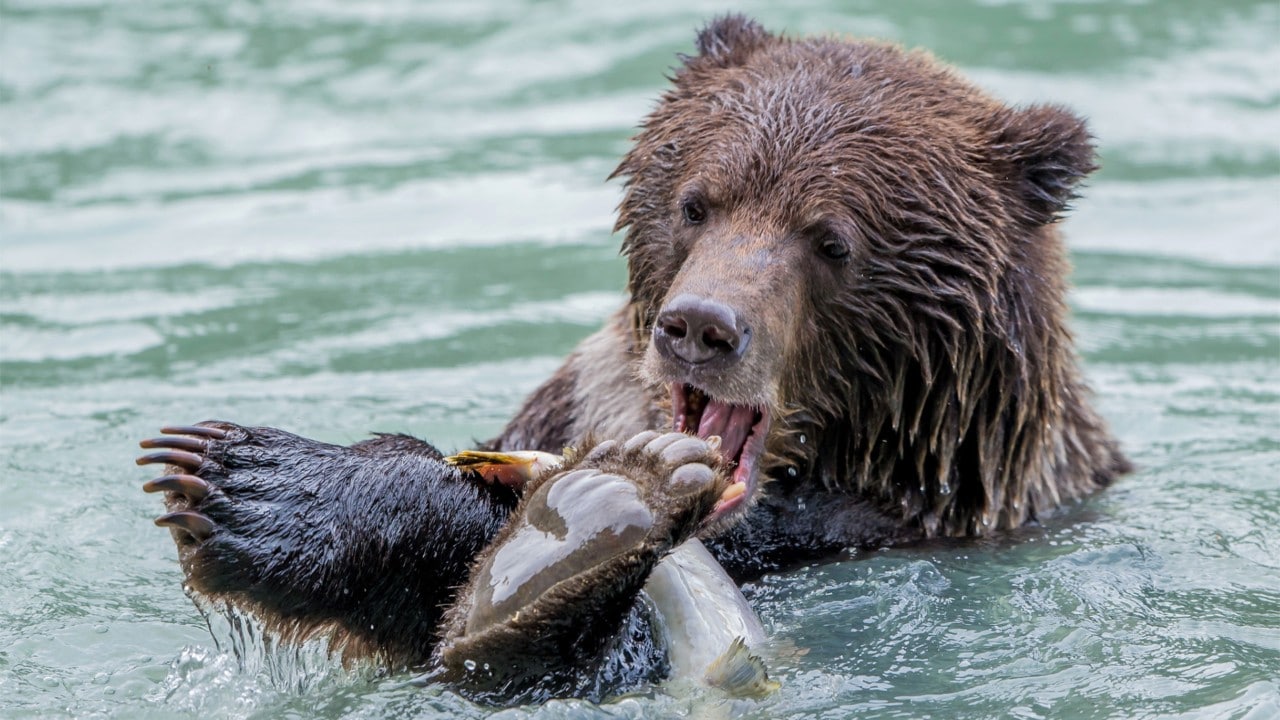
A grizzly bear snags a fish in Alaska. Photo by David F. Hunter
Fish with Bears
Just kidding — but maybe you can pick up angling tips while watching 2,000-pound brown bears fish for salmon at Brooks Falls in Katmai National Park in Alaska. Want a good picture? For tips on nature photography, consider Dave Hunter’s advice. “Interest, energy and curiosity are better than the largest of lenses,” he says.
At the Grizzly & Wolf Discovery Center, just a block from the west entrance to Yellowstone National Park, the staff will answer your questions, introduce you to some critters and provide tips on where to look for bears (and wolves) inside the park.
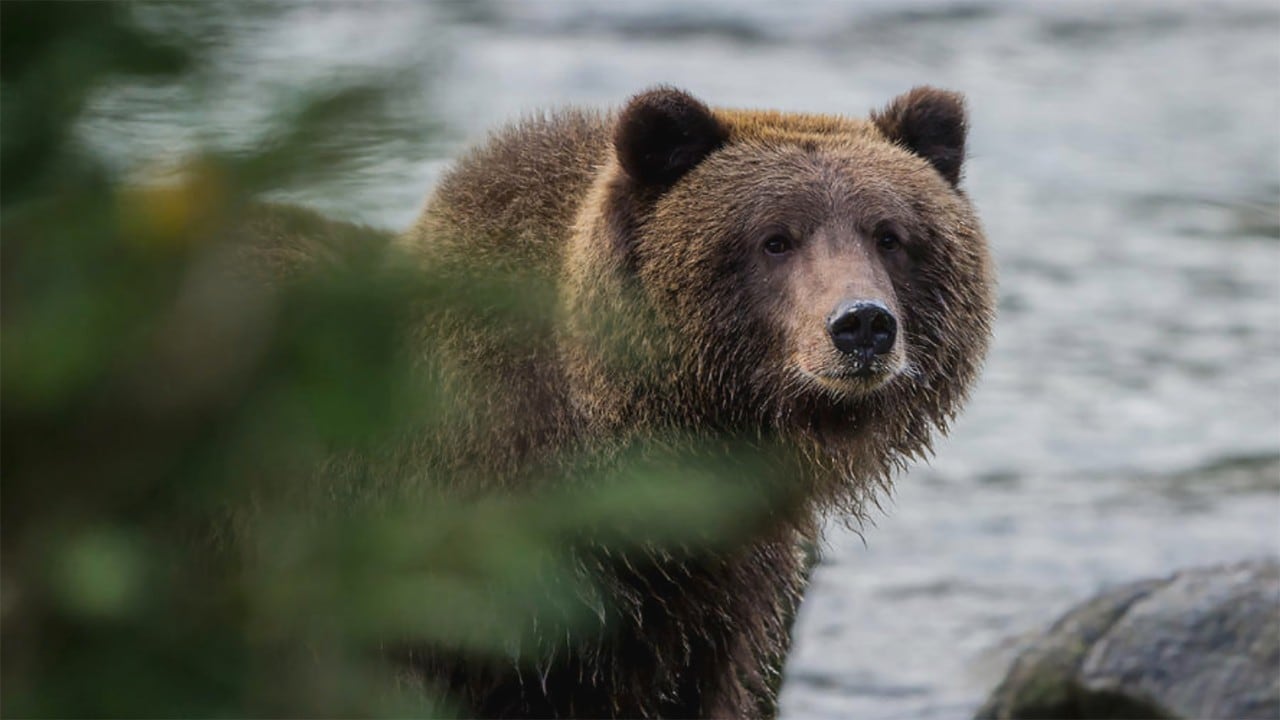
About 50,000 grizzly bears live in Alaska. Photo by David F. Hunter
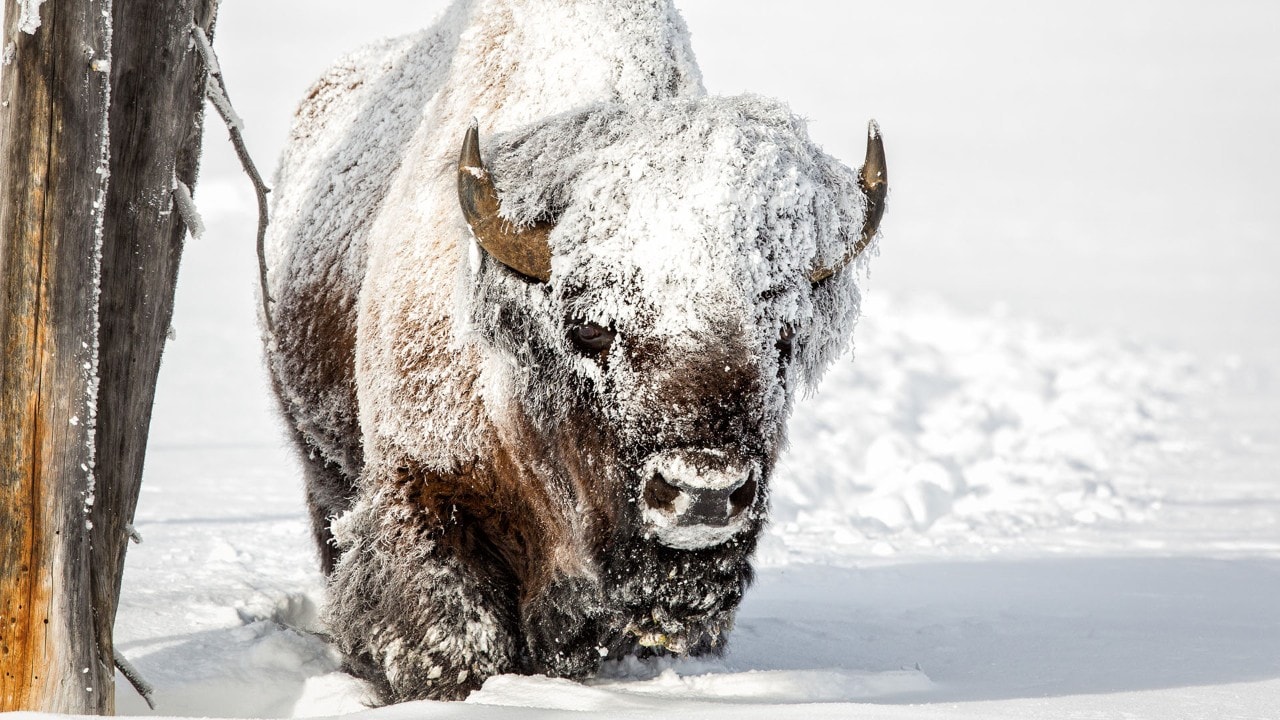
A frost-covered bison walks in the Lamar Valley at Yellowstone National Park. Photo by Derek Jerrell
Bison for All Seasons
Often filmed at Yellowstone National Park, bison are the largest mammals in North America, and some 4,000 of them live in the park.
Though steam from a geyser froze on this bison’s face and coat one winter day in Yellowstone National Park, the animal didn’t seem to mind posing for wildlife photographer Derek Jerrell.
If you’d like to photograph baby bison, travel to Yellowstone National Park between March and May, when most calves are born. The wee ones, which arrive weighing 25 to 40 pounds, stand just minutes after birth. A few hours later, they run circles around mom.
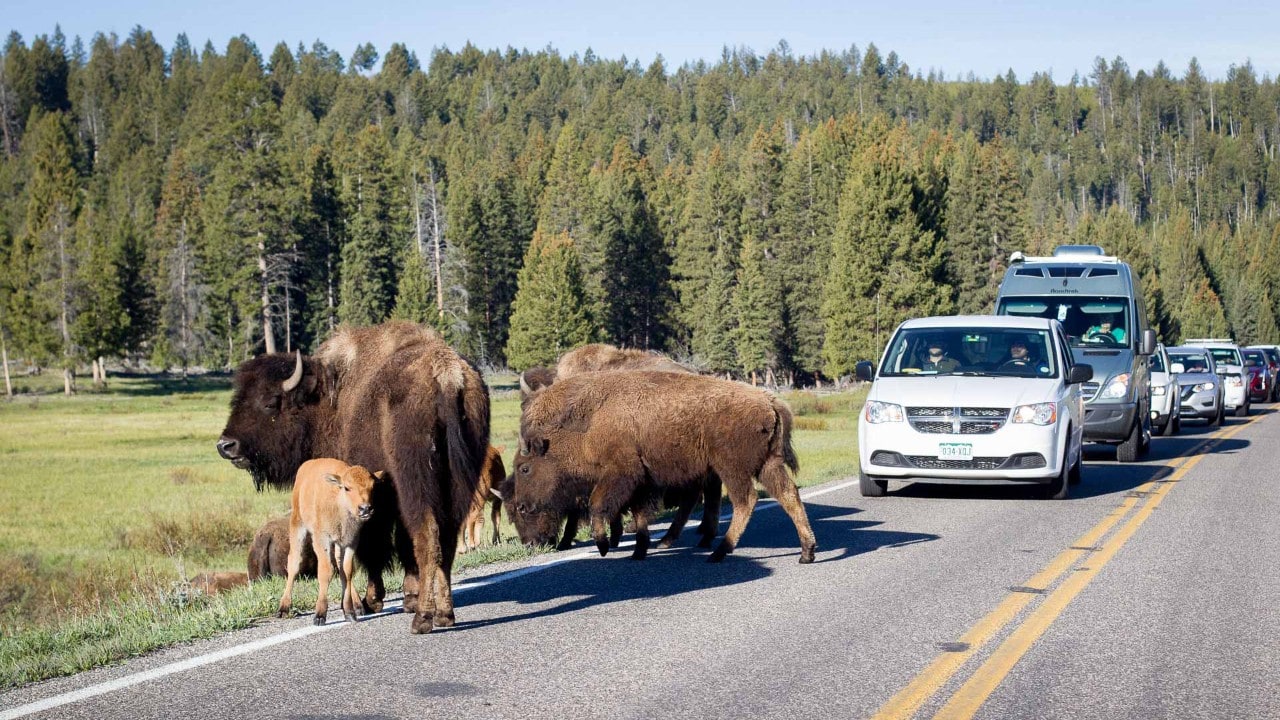
Bison cross the road in Yellowstone. Photo by Jaymi Heimbuch
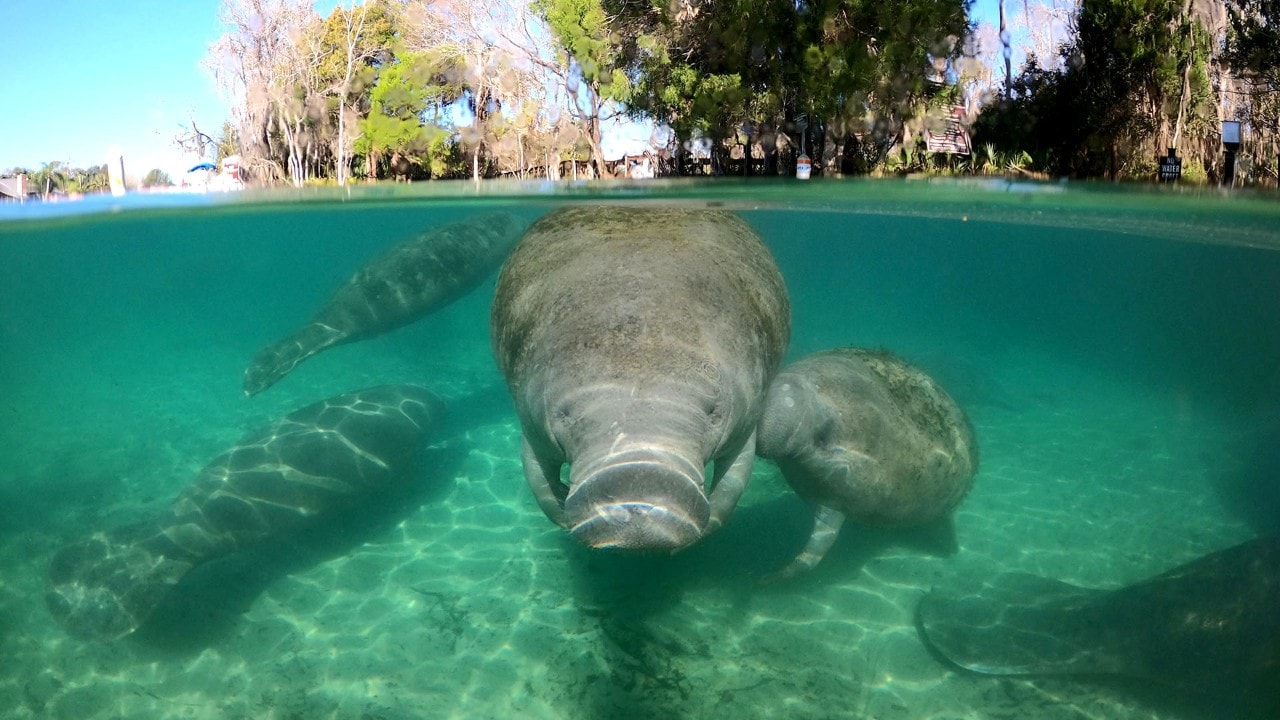
A mother manatee feeds her offspring in the Crystal River, Florida. Photo by Charles Williams
Watery Wildlife Encounters
When a 1,200-pound manatee swims in for a snuggle in Florida’s Crystal River, what do you do? Some vacationers fall in love with these “unapologetically plump” creatures and make plans for future road trips to do it all again. Experience this unusual encounter by driving an hour north of Tampa.
Quick, what’s the biggest fish in the world? The right answer is the whale shark, and you can snorkel alongside these 40-foot-long behemoths in the Sea of Cortez. Whale sharks can be found in the “World’s Aquarium,” off the coast of La Paz, the capital of Baja California Sur, a Mexican state on the Baja California Peninsula. And no, they don’t bite.
For some, the greatest show on water is whale watching, a spectator sport available off both coasts of the U.S. and Canada, in Hawaii and in Mexico. Whale-watch boats operate in sync with the giant marine mammals’ migration routes, so success at spotting a spout is likely.
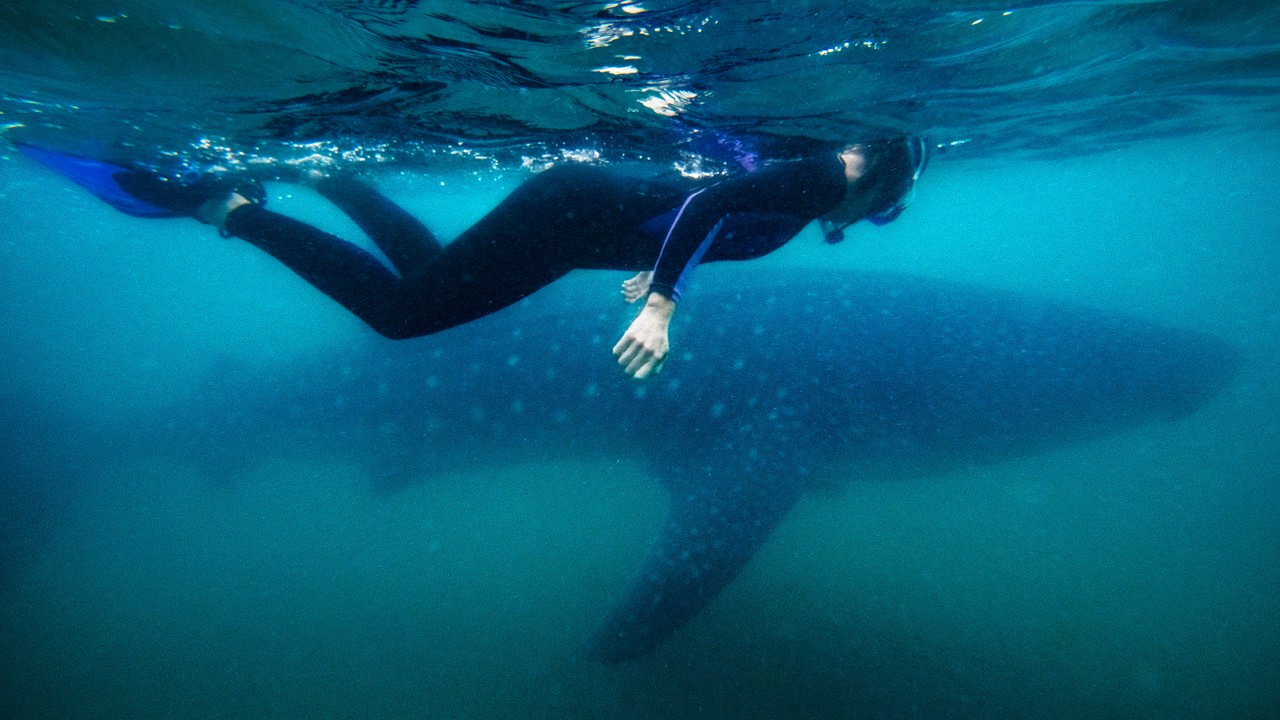
Kassondra Cloos swims alongside a whale shark off the coast of La Paz, Mexico. Photo by Michael Ciaglo
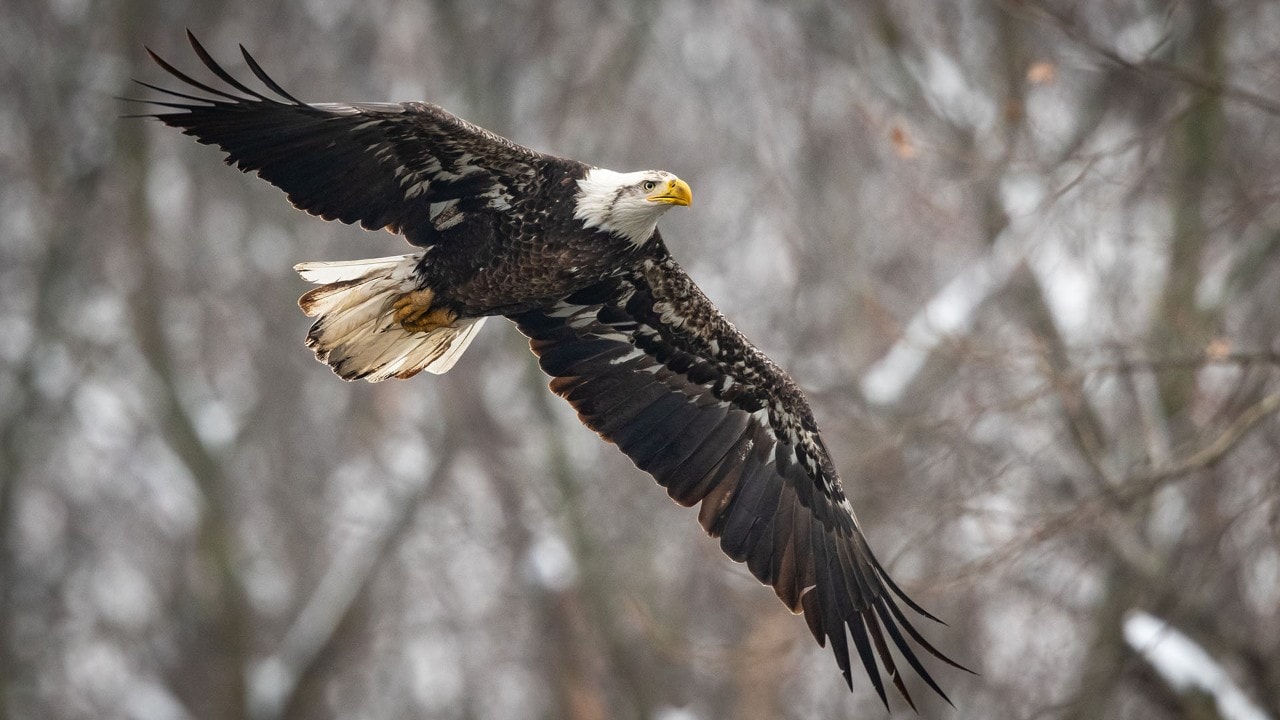
A bald eagle soars high in the air along the Kaskaskia River in Carlyle, Illinois. Photo by Derek Jerrell
Big Birds
Every spring, 80% of the world’s sandhill crane population congregates along the central Platte River near Kearney, Nebraska. The big birds chatter, they squawk and they squeak, and every birdwatcher and nature photographer witnessing the cacophony treasures the experience.
Some 3,000 bald eagles gather every winter in the open waters and floodplains of the Missouri, Illinois and Mississippi rivers in the Midwest. They come for the fish, with an occasional side dish of waterfowl. You can watch it all from several convenient viewing spots.
Conservation photographer Morgan Heim also seeks out the national bird at the Chilkat Bald Eagle Preserve, a state park and wildlife refuge in Haines, Alaska, about 70 miles north of Juneau. There, every winter, it’s not uncommon to see an eagle soaring over the water with talons extended, fishing for salmon, or sitting in a tree with 40 or more fellow raptors.
Whichever road trip you choose, when you’re out watching wildlife, protect yourself and the animals by following legal guidelines. Approaching too close can be dangerous, as all wild animals are unpredictable.
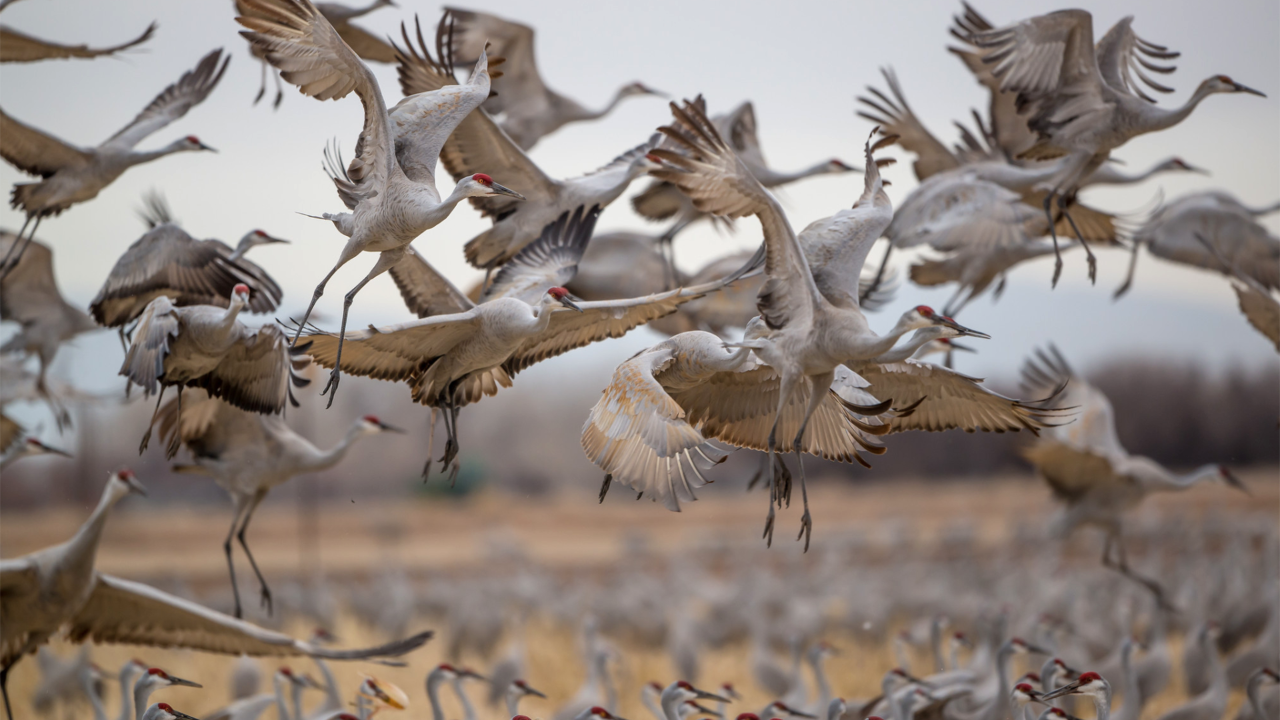
Sandhill cranes take flight from the central Platte River in Nebraska. Photo by David F. Hunter
Related
Read more stories about national parks.
- National Park Tradition Renews Family Ties
- Great Smoky Mountains Waterfalls
- Grand Teton National Park
- Road Trip to Five National Parks Near Los Angeles
- Yellowstone National Park in Winter
- Washington’s North Cascades National Park
- Things to Do in Hot Springs, AR on Your Next Getaway
- Road Trip on Utah's Scenic Byway 12
- Grand Canyon Hike
- Rocky Mountain National Park Snowshoeing
- Road Trips to National Parks in Winter
- Visiting Glacier National Park in Winter
- Mount Rainier National Park
- Road Trip to Acadia National Park
- Majestic Mountain Loop Family Fun
- Cades Cove Scenic Drive is a Trip Back in Time
- Majestic Mountain Loop
- Driving Through The Smoky Mountains: Planning Your Road Trip
- The Loneliest Road in America
- Plan a Road Trip to a National Park Near You
- Isle Royale National Park
- New River Gorge National Park
- Weekend Getaway in Joshua Tree National Park
- Road Trip Through Northern California
- Fall Foliage Road Trip in Road Trip From San Francisco to Yosemite
- Road Trip to White Sands National Park
- Road Trip to Indiana Dunes National Park
- Road Trip from Olympic National Park to San Francisco
- Road Trip Through Central Oregon
- Road Trip from Denver to Glacier National Park
- Mountain Road Trips
- Petrified Forest National Park
- Visiting Washington's Olympic National Park in the Offseason
- Black Canyon of the Gunnison National Park
- Cascades Loop Road Trip
- Road Trip to Saguaro National Park
- Road Trip to Big Bend National Park, Texas
- Day Trip to Dry Tortugas National Park
- Colorado’s Great Sand Dunes National Park
- Road Trip to Death Valley National Park
- Road Trip to Dark Sky Parks in Utah
- Weekend Getaway to Yosemite National Park
- Weekend Getaway to Bryce Canyon National Park
- Road Trip to Zion National Park for Artistic Inspiration
- Cold Weather Photography Tips


